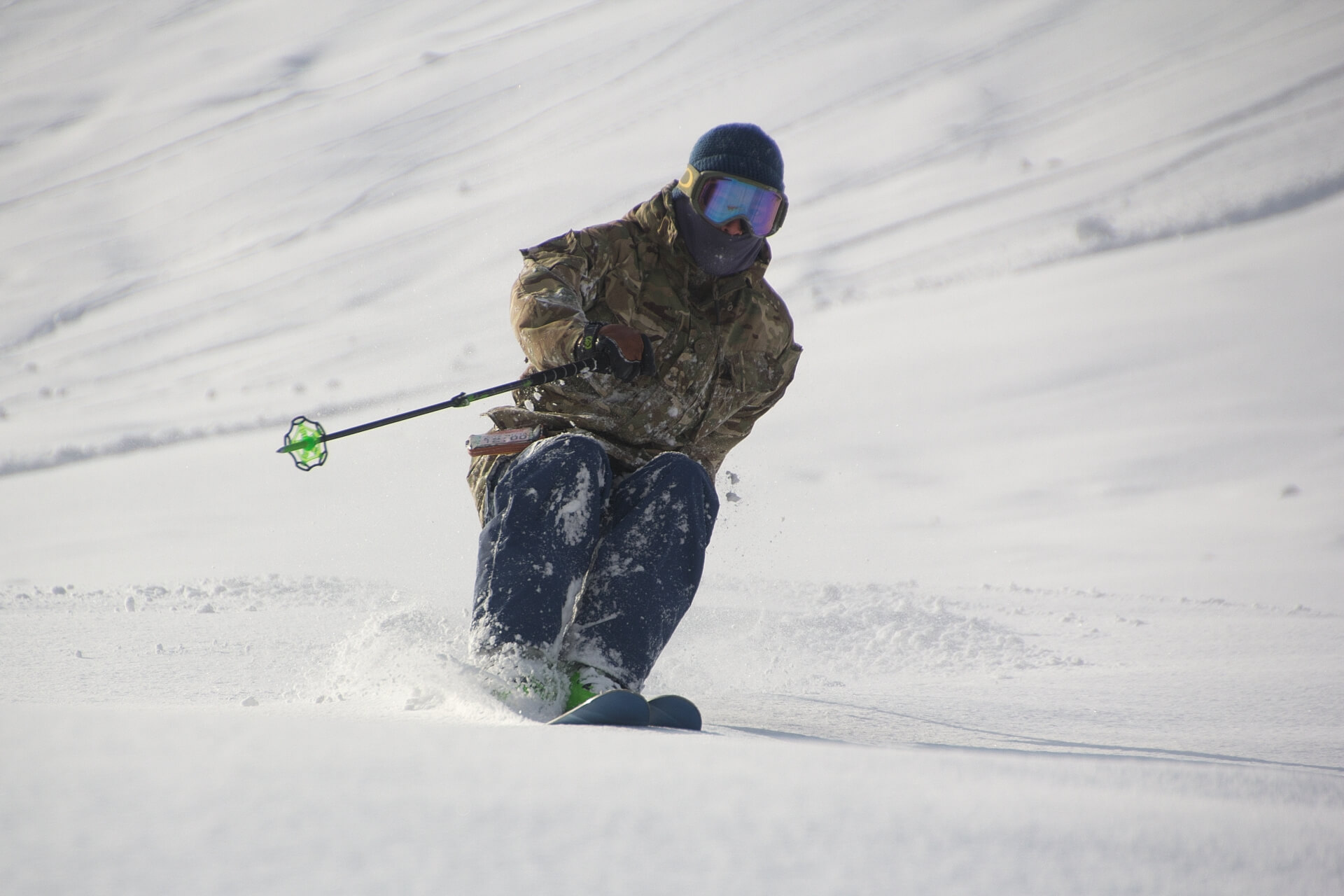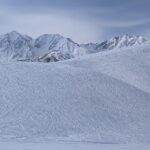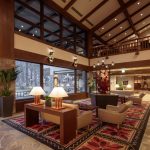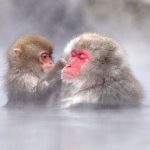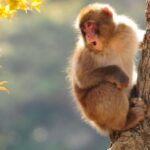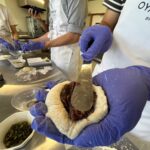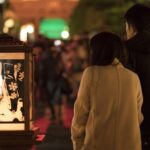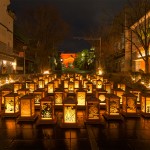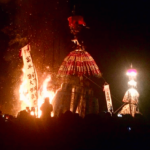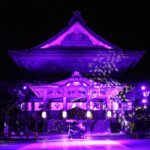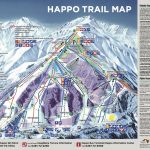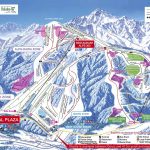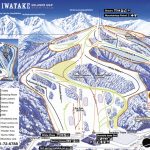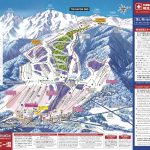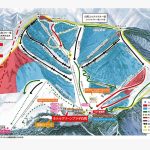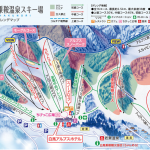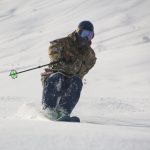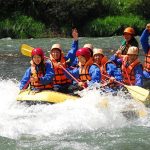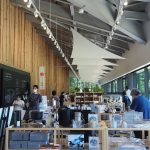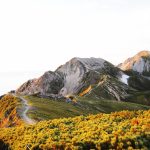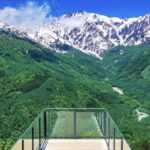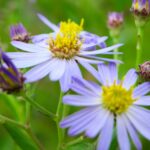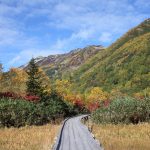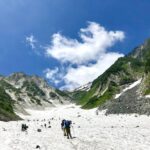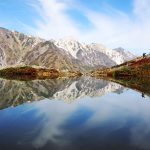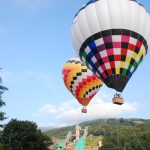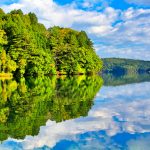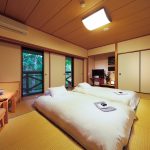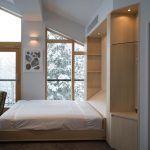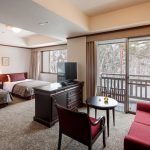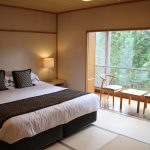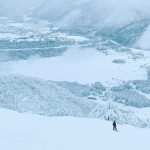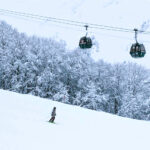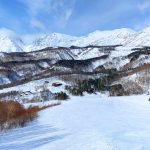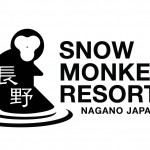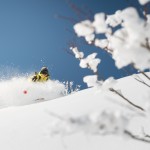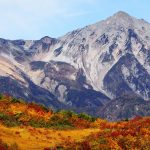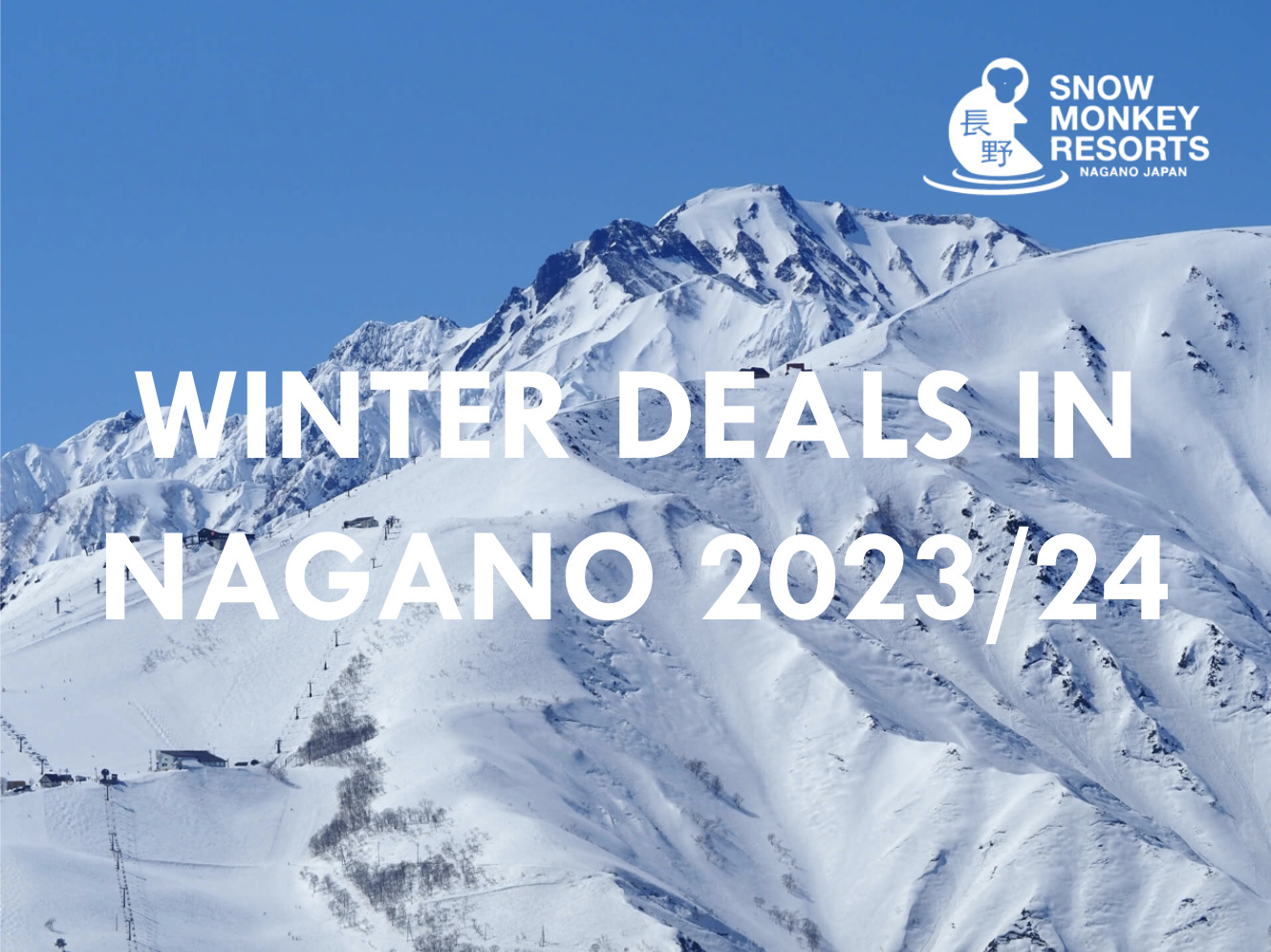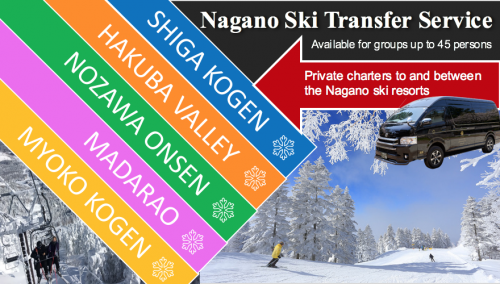25 Things to Do Around Hakuba & Where to Stay
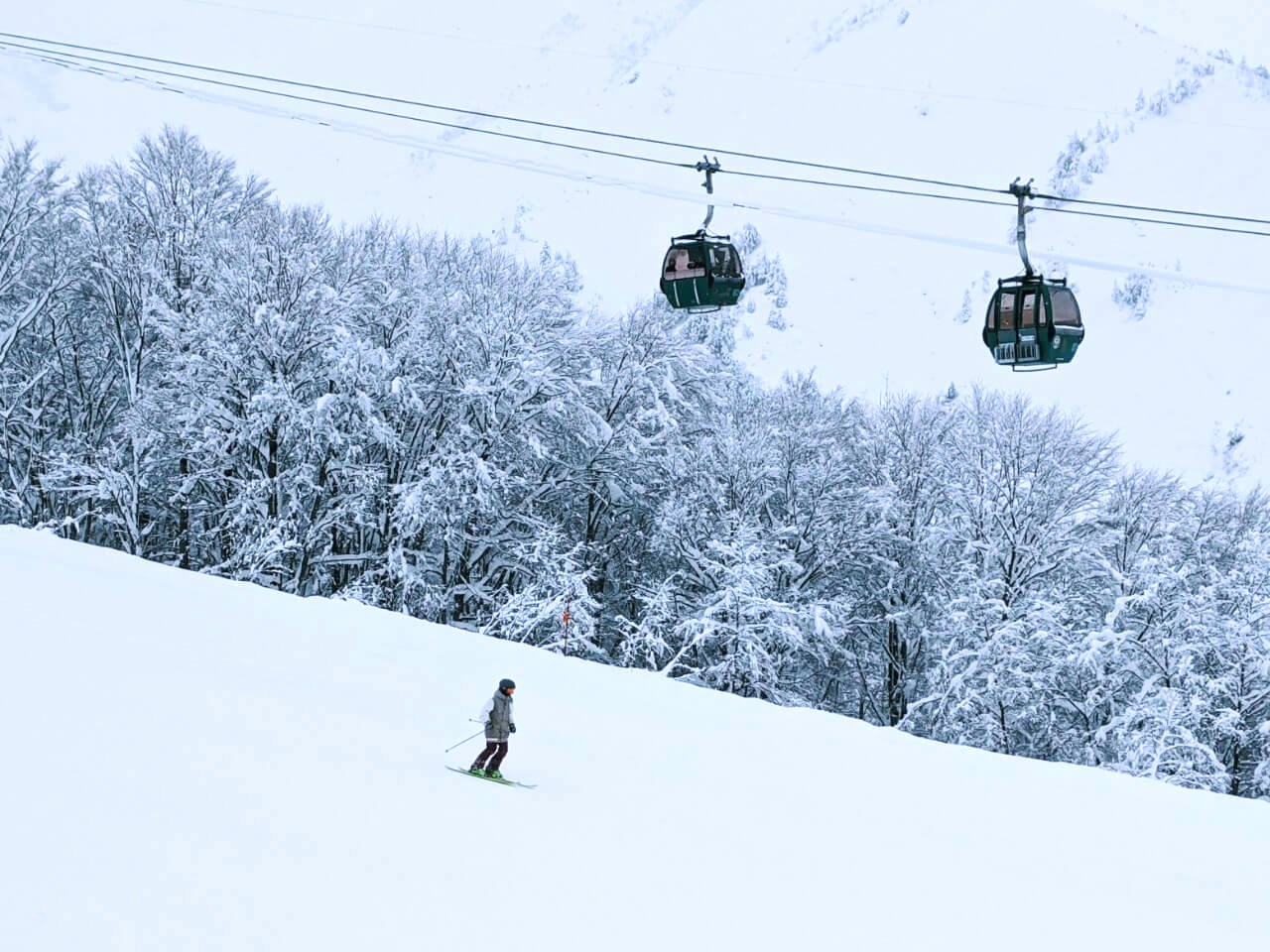
Around 1 hour from central Nagano City and approximately 280km to the northwest of Tokyo, Hakuba is one of Japan’s premier winter destinations. Collectively known as ‘Hakuba Valley’, ten ski resorts draw visitors from all over the world and from December to March offer some of Japan’s best skiing and snowboarding. On this page you will find the following information:
— Best Things to Do In & Around Hakuba
— Best Places to Stay in Hakuba
— Accommodation & Ski Packages in Hakuba
— Hakuba Valley Ski Resorts: The Stats & Facts
— Winter Deals in Nagano 2022/23
— Book With Us! Nagano’s No.1 Tour & Charter Operator
Offering the most accommodation options including an increasing amount of high-end and luxury hotels and private chalets along with restaurants, nightlife and shopping, Hakuba’s reputation is build-on what happens off-mountain as much as what is on offer on the slopes! Just as big in summer, the mountains of Hakuba offer some of Central Japan’s best ‘green season’ pursuits including hiking and mountaineering, trail-running, mountain-biking, canoeing, kayaking and more! Indeed, Hakuba’s reputation as a destination through spring, summer and autumn is starting to match that of its winter credentials. Good restaurants, high-end accommodation including ‘glamping’, hot air ballooning, brand store shopping and more continue to attract visitors throughout the year – a trend that is set to continue!
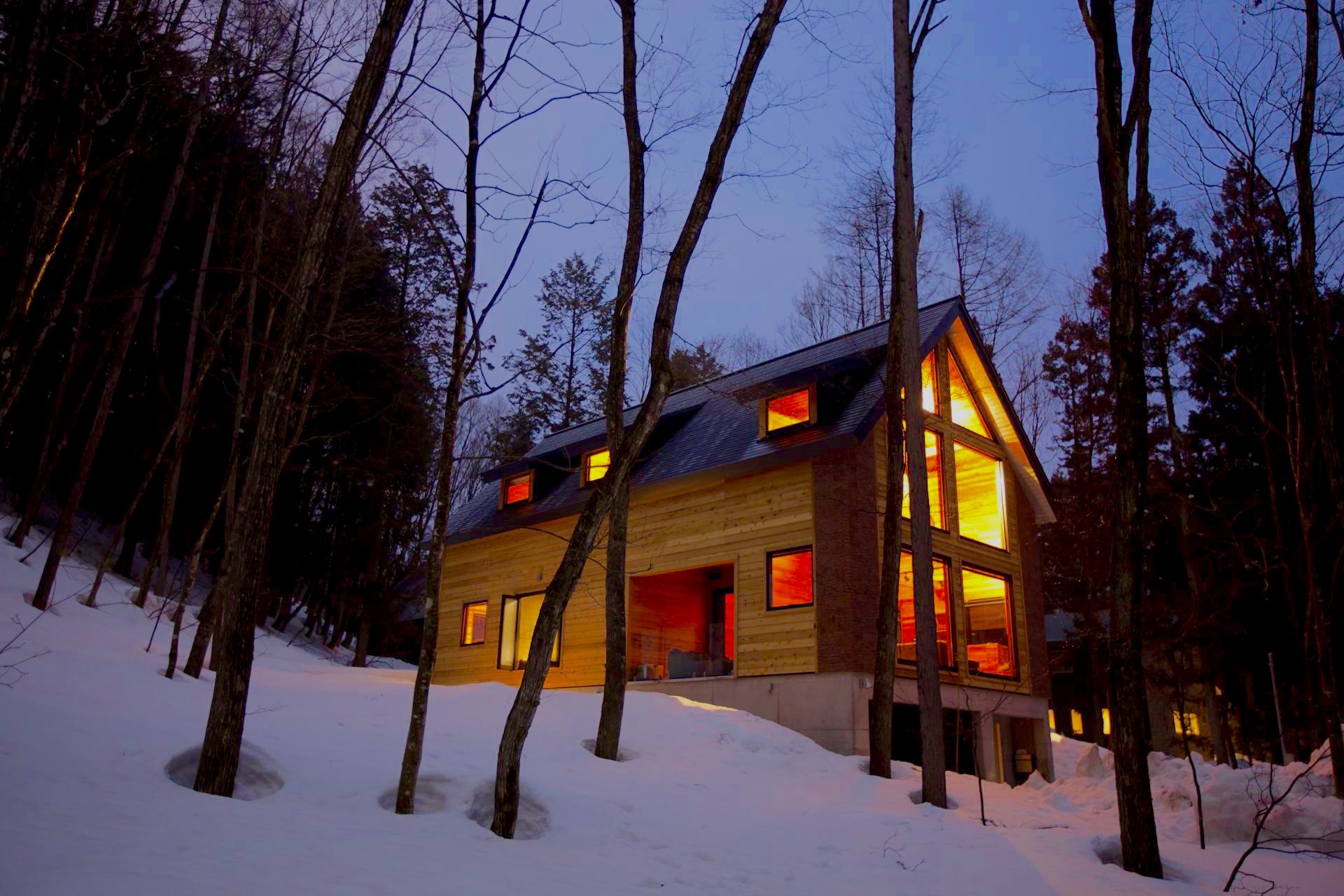
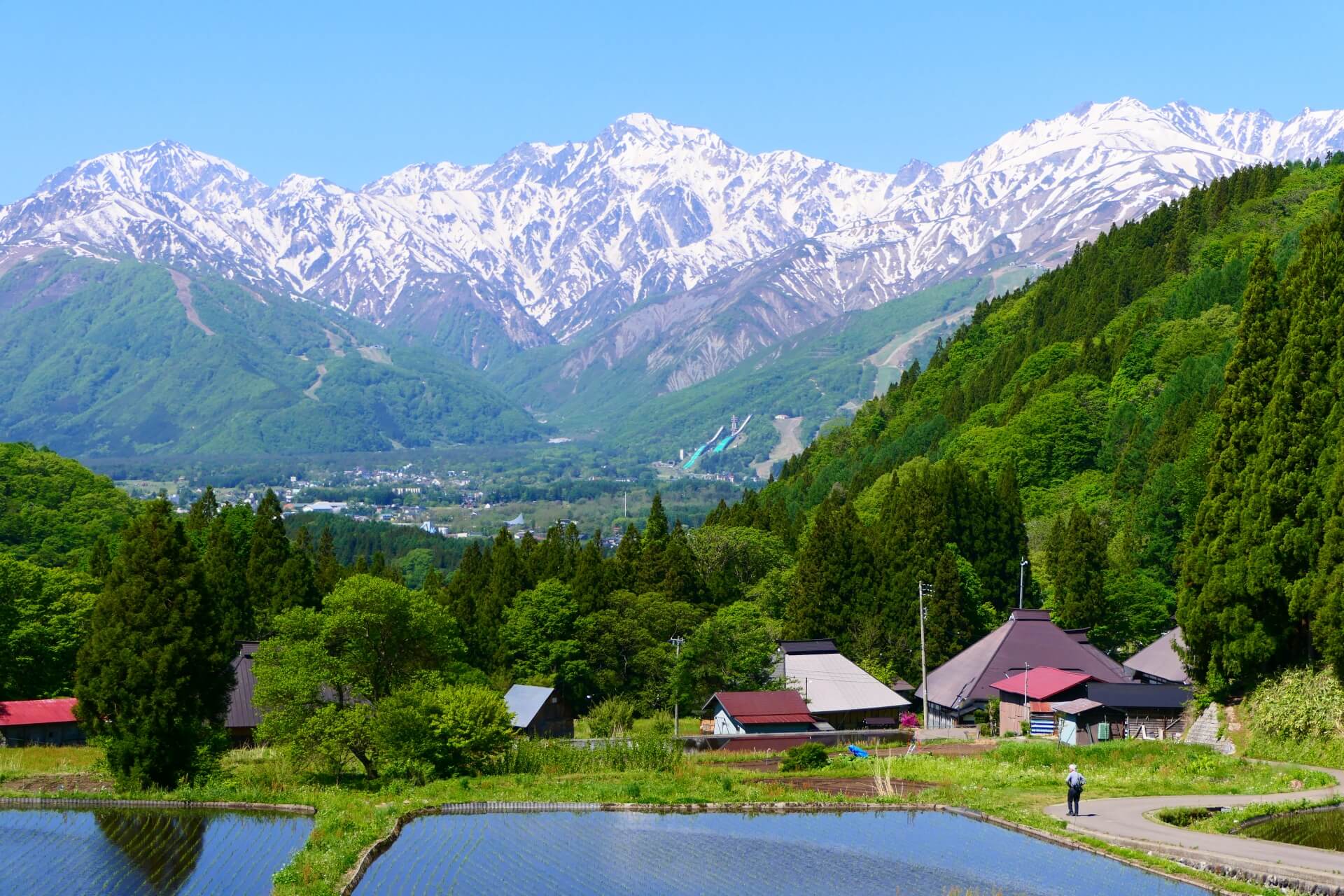
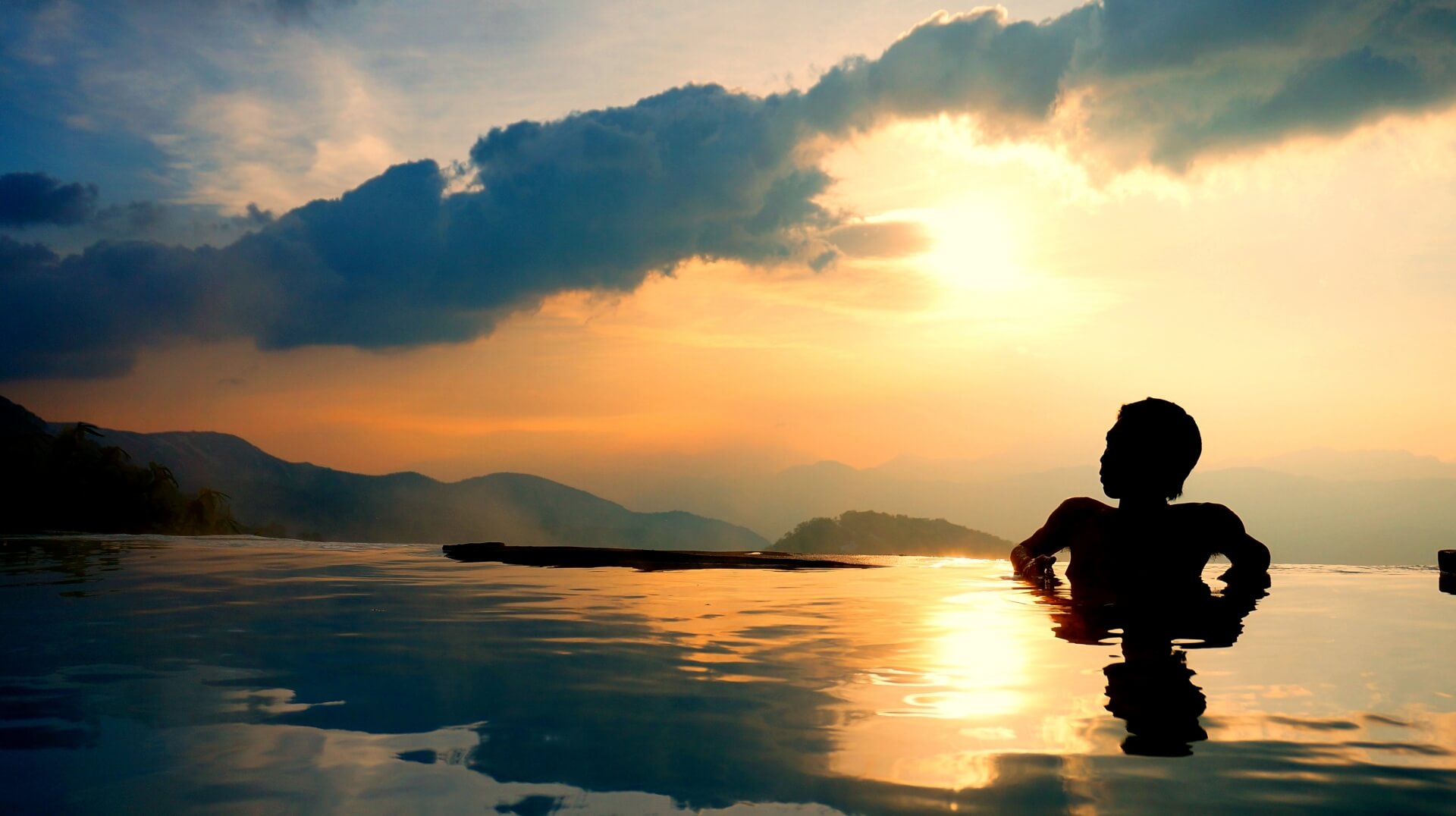
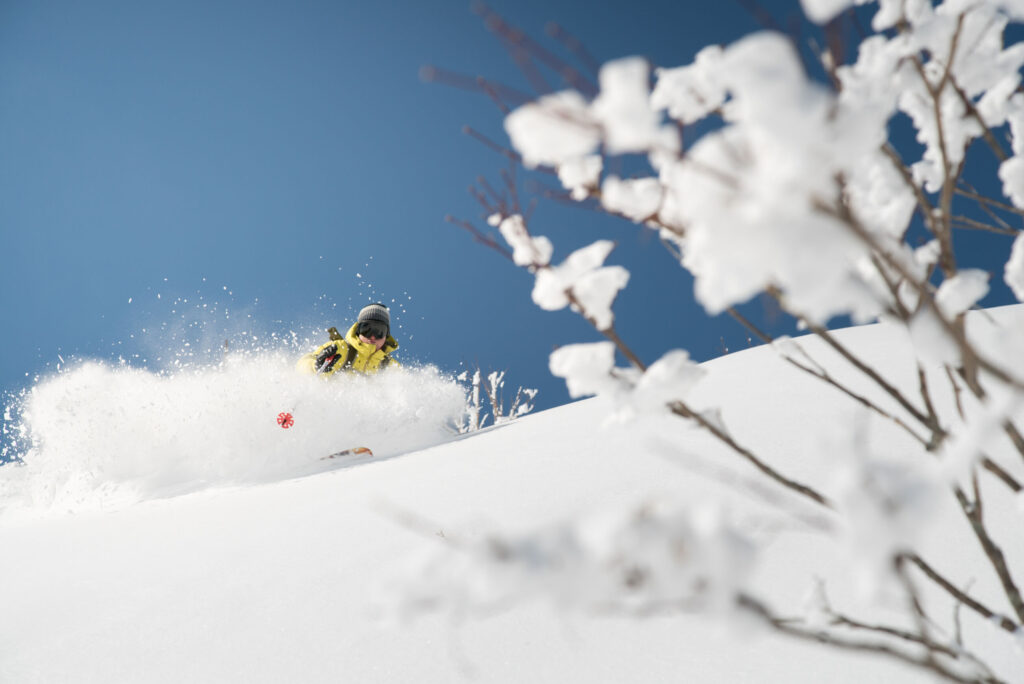
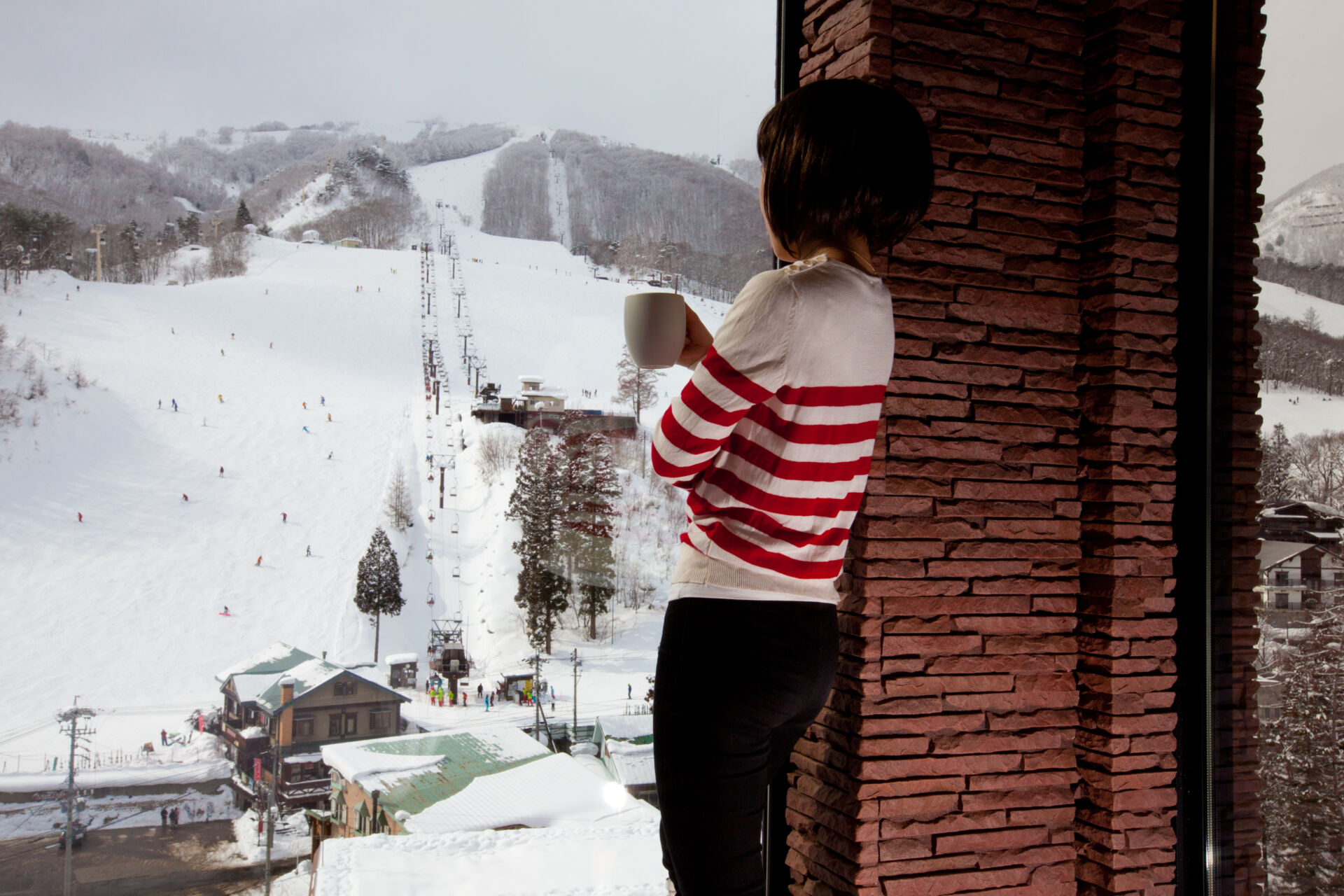
Based in Nagano and operating all year round, we are the region’s No.1 tour and charter operator. Our group tours run throughout the year, with pick-up and drop-off available for several tours in Hakuba during winter. We can also arrange private tours and charters to any destinations in the region, and as a registered travel agent, we can package transport, accommodation and more together so you save and get the most out of your time in Hakuba – scroll to the bottom for details.
WHERE IS HAKUBA?
Located in Nagano Prefecture, Hakuba lies 40KM (<1 hour drive) to the west of Nagano City / Nagano Station and 275KM (<4 hours drive) to the northwest of Tokyo. Often referred to as ‘Hakuba Valley’, the area runs north to south between the foothills of the Hida Mountains – often called the ‘North Alps’ – on its western border. The majority of Hakuba’s ski resorts are found on the western-side of the valley and attract visitors from all over the world each winter. Hakuba Valley claims to be the largest ski resort in Japan however it is important to note that collectively, the ten resorts in the area make-up the largest extent of terrain in the country however, only a couple of the resorts are connected meaning that you need to use a bus or drive between them. Most famous for its winters, Hakuba is increasingly establishing itself as an all-year-round destination and one of Japan’s best ‘green season’ sports regions. For visitors heading to Hakuba, the centrally-located Hakuba Happo Bus Terminal is always a convenient transport option with express services running to Nagano Station and beyond, while nearby Hakuba Station is on the scenic Oito Line running to and from Matsumoto Station. As such, getting to and from Hakuba is straightforward.
BEST THINGS TO DO IN & AROUND HAKUBA
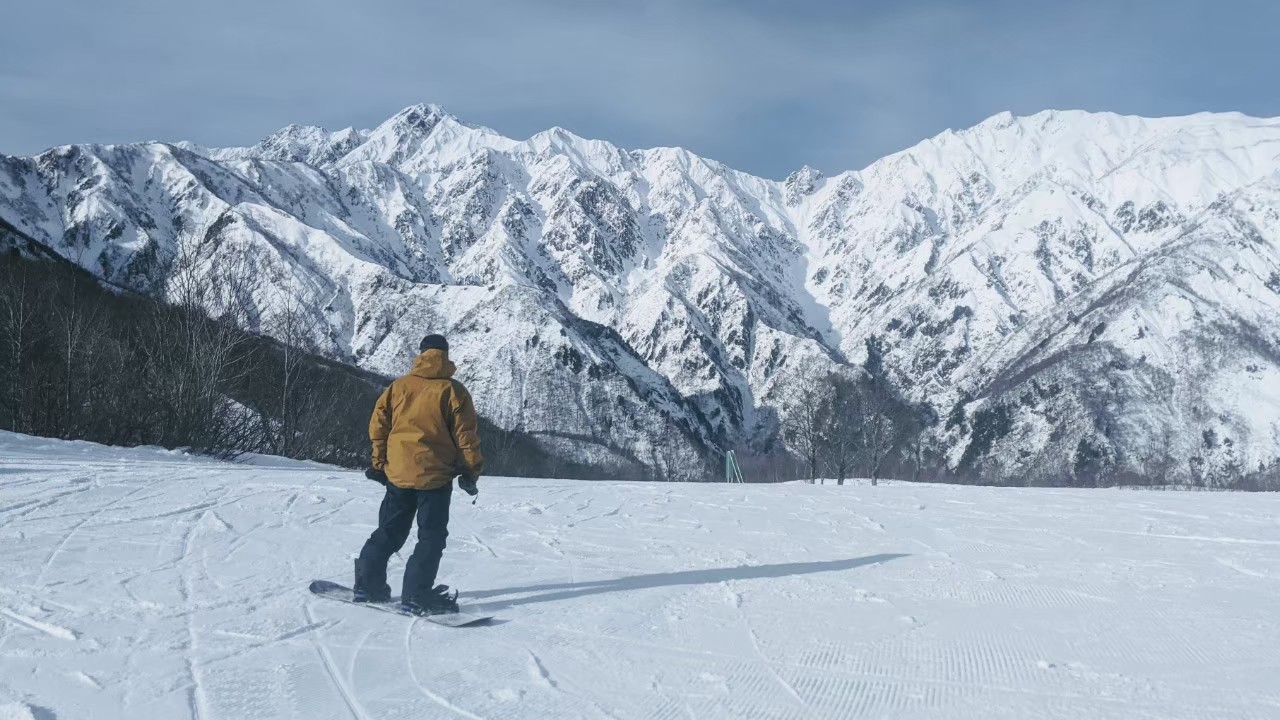

Most famous for the snow of winter, Hakuba is quickly establishing itself as an all-year-round destination with just as much to do in spring, summer and autumn as there is winter. From the adventure of hiking some of Japan’s tallest mountains, rafting, ballooning and more to the indulgence of great restaurants, hot springs and glamping, Hakuba has something for everyone… and oh yes, some of Japan’s best ski resorts:
1 / HAKUBA VALLEY SKI RESORTS / December to April
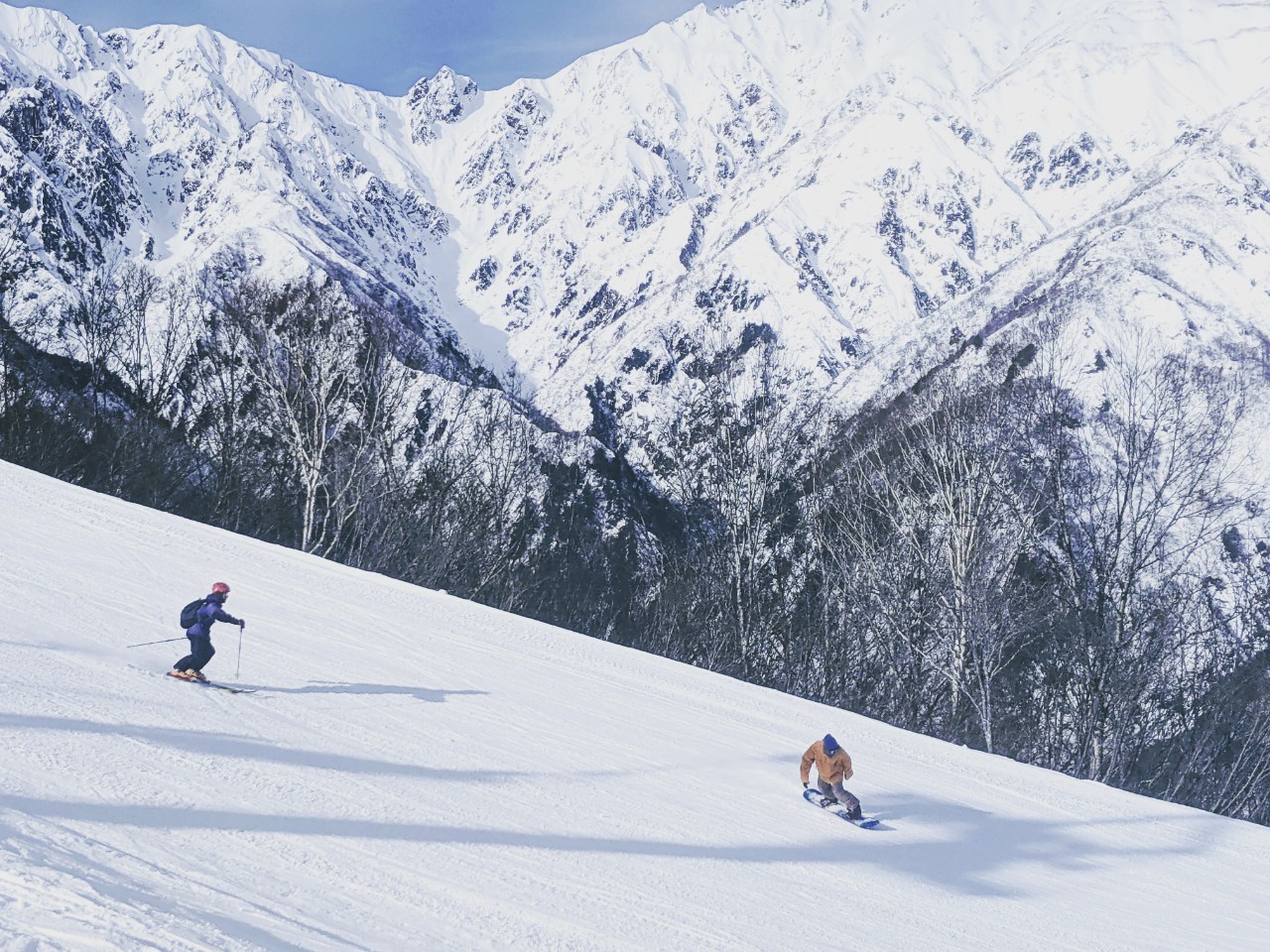
Located around one hour from central Nagano City, the ski resorts making-up the Hakuba Valley are considered some of the best in Japan. In total, ten resorts make the area collectively referred to as ‘Hakuba Valley’, offering skiers and snowboarders a vast amount of terrain and spectacular alpine views. Having hosted several events during the 1998 Winter Olympics, Hakuba Happo-One Snow Resort is the best known and largest of the lot. Within walking distance of the Hakuba Happo Bus Terminal, Happo One has a fantastic range of terrain including epic backcountry and somewhat uniquely among resorts in the region, takes skiers and snowboarders above the treeline.
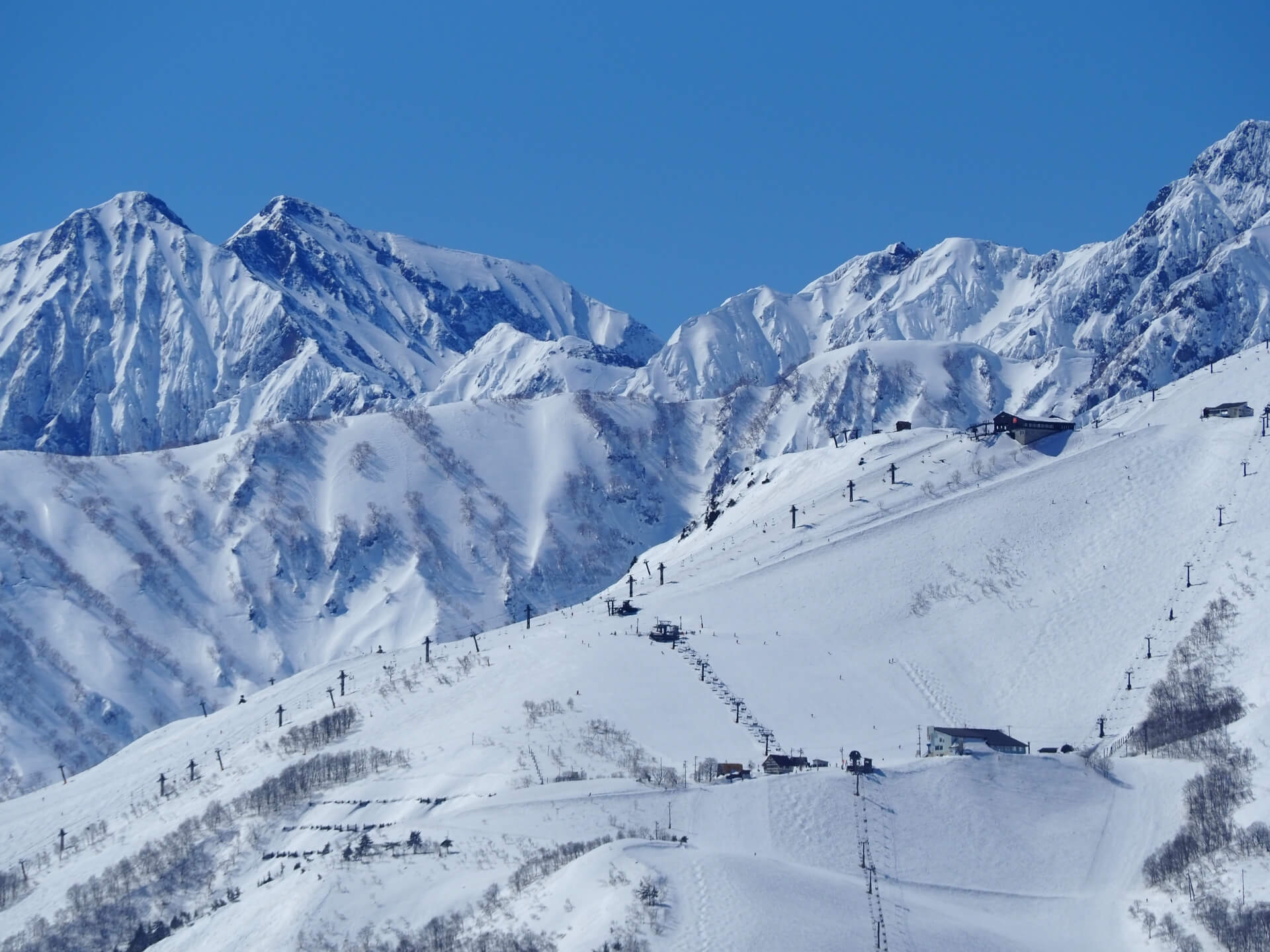
Nearby ABLE Hakuba Goryu Snow Resort and Hakuba47 Winter Sports Park are joined and can be enjoyed on an all-mountain pass. Rivalling Happo One in size and boasting Hakuba’s longest season, these resorts always popular with international visitors. These are only three of the many fantastic resorts of Hakuba! Spoiled for choice, visitors to the valley can take of the ‘Hakuba Valley Ticket’ – a common lift pass which covers all resorts and includes free use of the Hakuba Shuttle Bus. Information about the ticket can be through via the link above. For a listing of the most popular resorts in the valley including profiles and highlights, ski run info, ticketing, rental and ski school, and accommodation listings, see our ‘Hakuba Valley Ski Resorts’ page.
2 / DISCOVER THE OLYMPIC SPIRIT / December to April
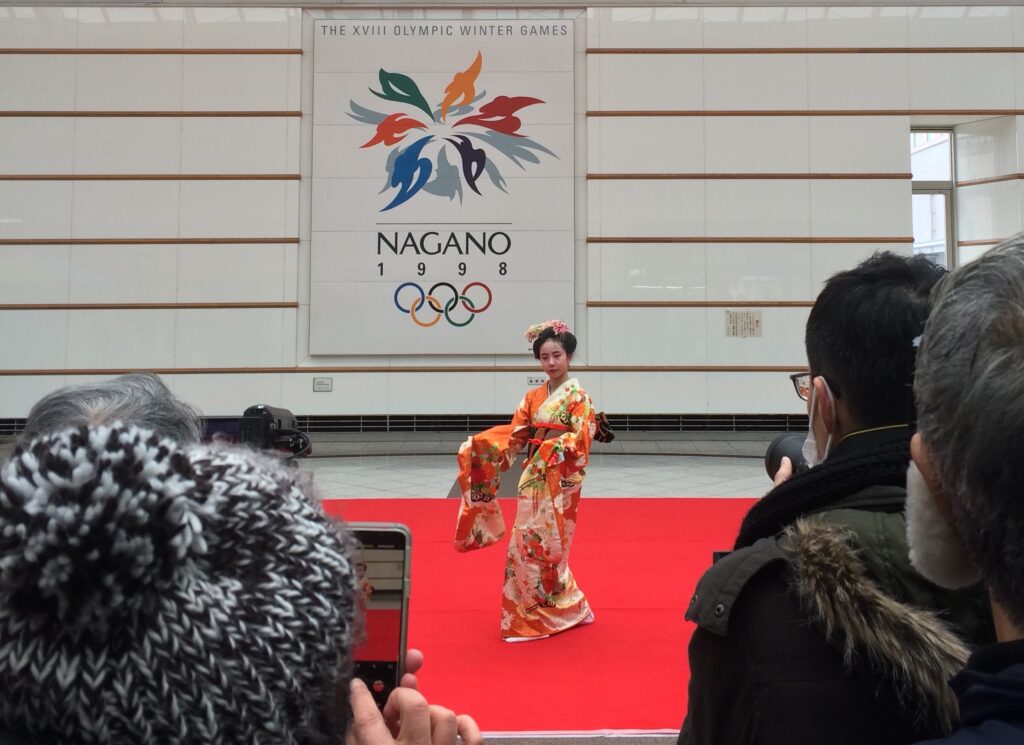
As the proud host of the 1998 Winter Olympics, Nagano’s Olympic heritage is alive and well in the resorts of Hakuba. Considered the main venue – outside of the stadiums and arenas of Nagano City – Hakuba Happo One hosted events including downhill and giant slalom, while ski jumping events took place at a nearby arena. To this day, almost all venues remain in operation with former Olympic ski runs marked-out at host resorts. Challenging yourself on these runs while in Hakuba – or at any of the other host venues including Shiga Kogen – see No.11 for details – is a great way to discover and live the spirit of 1998!
3 / SNOWMOBILING & OTHER WINTER ACTIVITIES / December to April
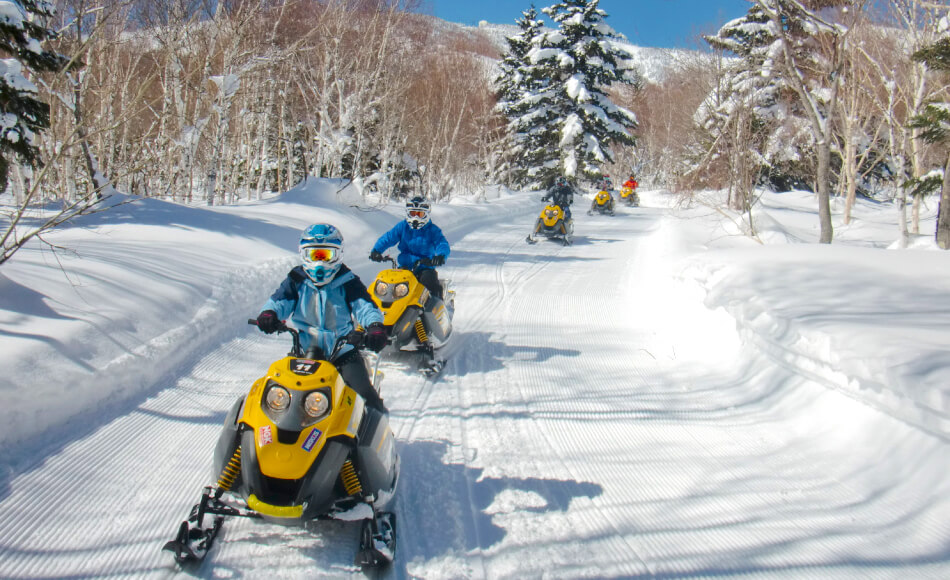
As one of Japan’s best winter sports destinations, it’s no surprise that there’s more than just skiing and snowboarding on offer in Hakuba. Activities including snowmobiling, snowshoe walking, snow-rafting and more are always popular, with local operators offering guided experiences at different venues in the valley. Among those, snowmobiling can be enjoyed for anyone aged 13 years and older for single ride or 6 years and older for tandem (must be accompanied by an adult), on a course that takes you through the foothills of the North Alps. For further information, see our ‘Guided Outdoor Experiences in Hakuba’ page.
4 / BACKCOUNTRY inc. GUIDED TOURS / December to April
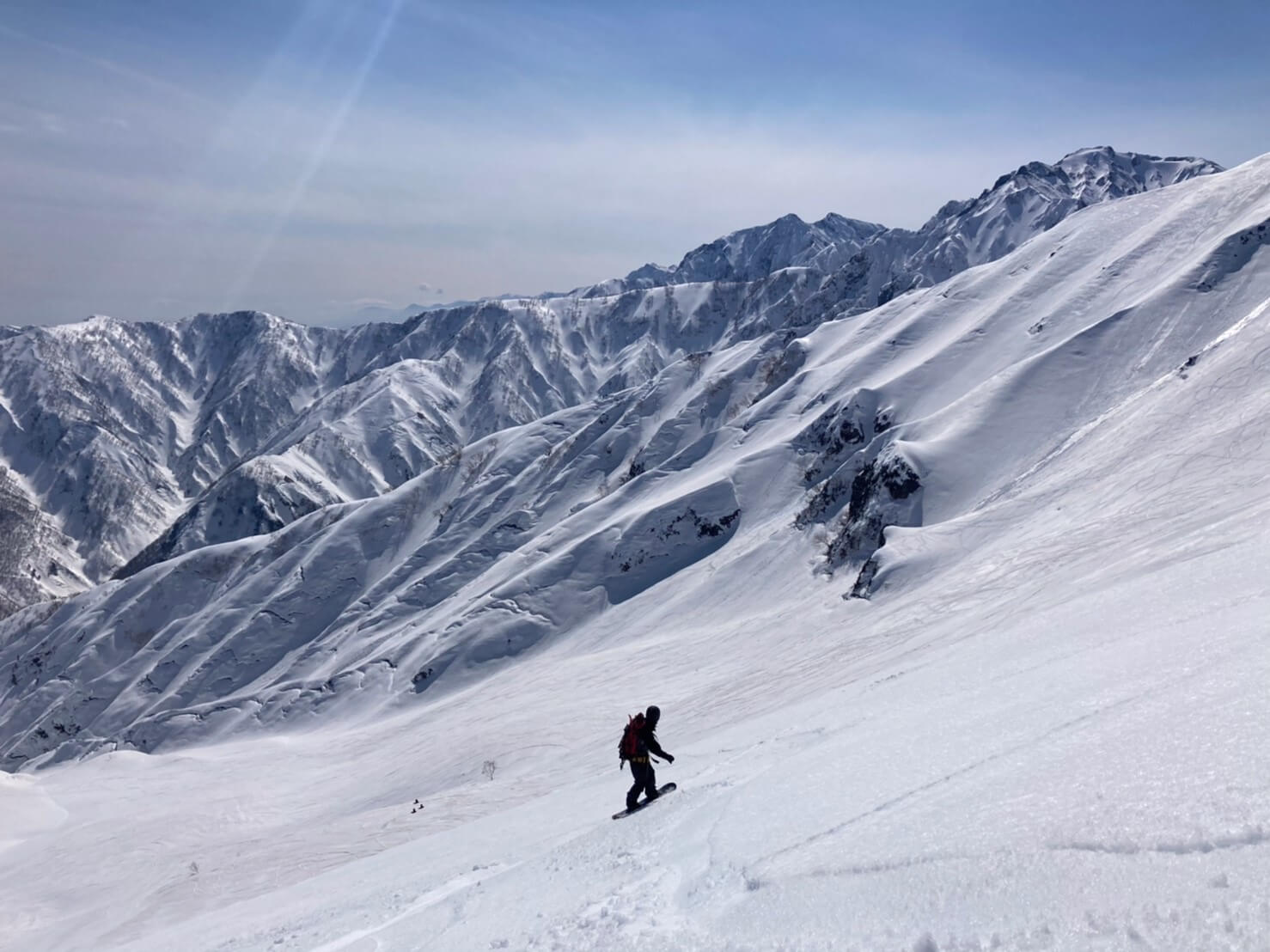
Ascending into the mountains of the North Alps, the resorts of Hakuba are blessed with some of Japan’s best terrain and alpine vistas. This begs the question, what about backcountry in Hakuba? If you’ve visited resorts in Japan you will know that backcountry is usually strictly controlled and often banned. While this can be frustrating, rules are in place for the safety of visitors. The huge snowfall that many resorts are blessed with can also be extremely dangerous, and getting into real trouble when off-piste is an ever-present possibility. For that reason, we recommend organizing an experienced local guide or backcountry tour when in Hakuba. Resorts including Hakuba Happo One, Hakuba Goryu and Hakuba 47 all have fantastic backcountry but usually require skiers and snowboarders to register and sit through safety information sessions before heading-out. Hakuba Tsugaike and the joined resorts of Hakuba Cortina and Hakuba Norikura also offer excellent country and steep terrain. For further information, see our ‘Hakuba Valley Ski Resorts’ page and remember, your personal safety should always be your first priority.
5 / FAMILY ACTIVITIES inc. CHILDCARE / December to April
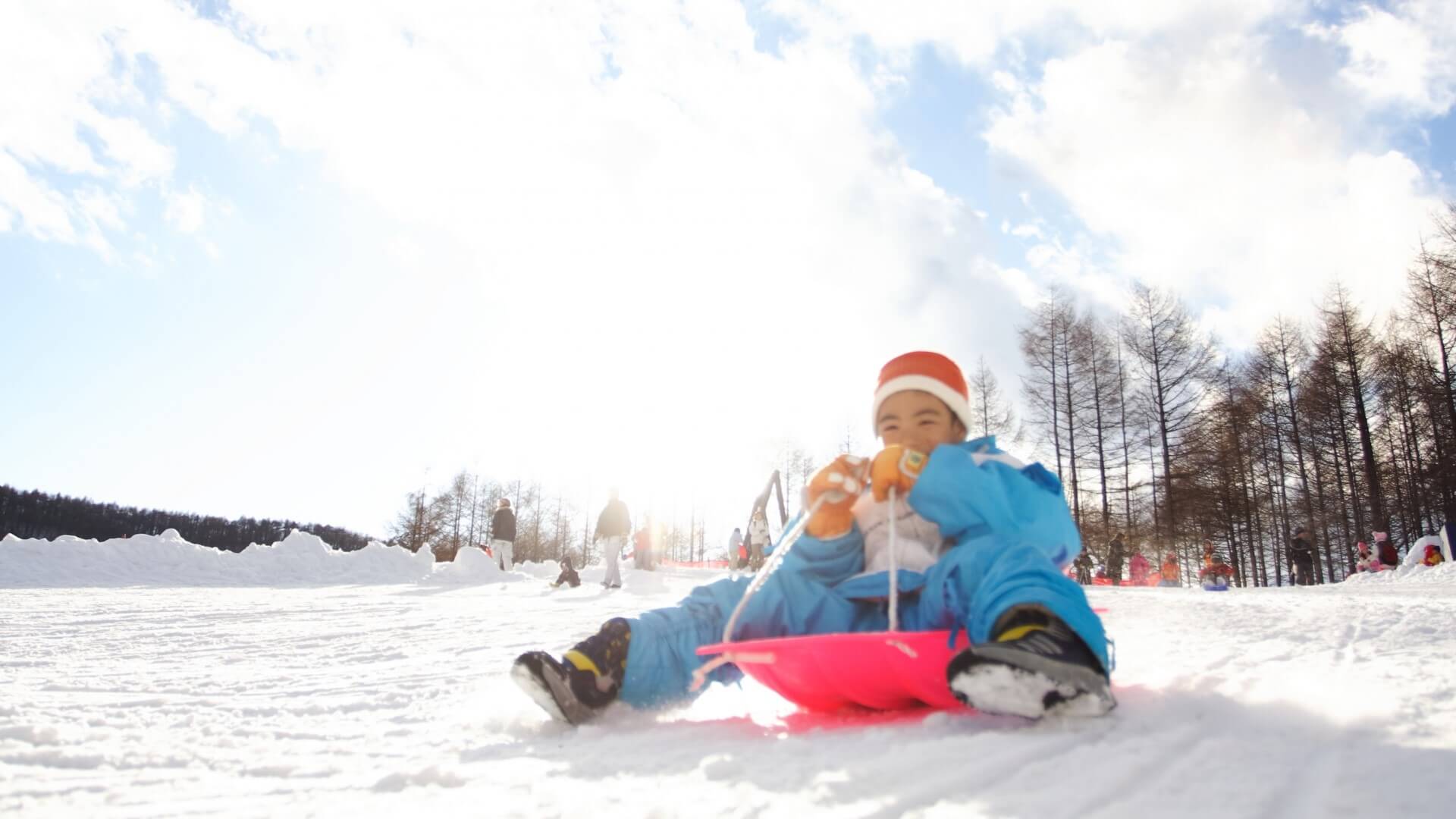
For families including those with young children, the resorts of Hakuba offer some excellent facilities including English-speaking daycare facilities. bis probably the pick of the bunch. The resort’s ‘Sakka Snow Debut Park’ provides families with a gentle 70m ski and snowboard slope, fenced-off from the surrounding ski runs and with a conveyor belt transporting children and accompanying adults to the top of the activity area. From there, you can use sleds and toboggans, fat bikes and snow scooters, and free play area. Kids can also practice skiing and snowboarding in this area with lessons and daycare facility for children aged 3 months to 9 years also available. All ski resorts provide activity areas for children and their families but only a couple have childcare facilities. Hakuba Happo One provides childcare in English and you might also have some luck at Hakuba Goryu and Hakuba 47. For a complete overview of what’s on offer at the resorts, see our ‘Hakuba Valley Ski Resorts’ page.
6 / JIGOKUDANI MONKEY PARK / all year round
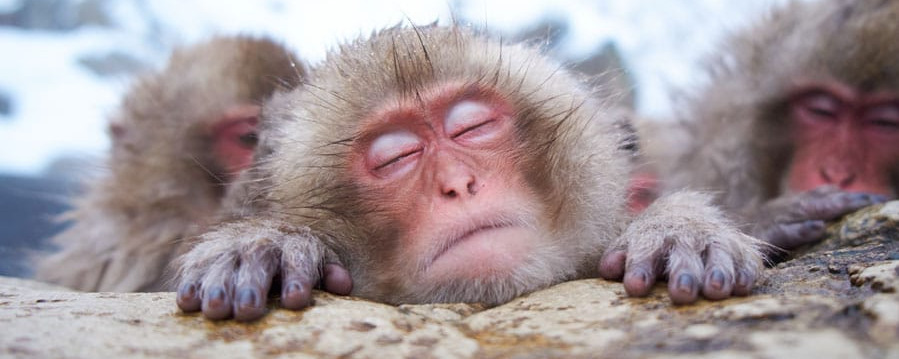

The famous hot spring-bathing monkeys of the Jigokudani Monkey Park rival Hakuba as one of Central Japan’s most popular destinations in winter. The monkeys actually come to the park all year round but it is their hot spring-loving antics of winter and ability to thrive in the snow which makes the park such an enjoyable experience from December to March. Located in the the Yamanouchi area, the monkey park is located around 2-hours from Hakuba, in the foothills of Joshinetsu Kogen National Park. Nestled within those mountains, Shiga Kogen is Japan’s largest and highest ski resort while in the valley below, the hot spring towns of Kanbayashi Onsen, Yudanaka Onsen and Shibu Onsen provide plenty of accommodation options nearby the monkeys.
1 Day Tour

| 1-Day Tour: Snow Monkeys, Zenko-ji Temple & Sake in Nagano | |
|
| |
| Period | All Year Round |
| Time | 09:35 – 17:35 |
| Meeting Place | Nagano Station Hakuba (winter only) |
| Adult Rate | ¥17,800 |
| Child Rate | ¥11,000 |

One of Nagnao’s most unique and enjoyable winter experiences, we offer both group and private tours to the monkeys from Hakuba, in combination with visits to Nagano City’s near-1400 year old Zenko-ji Temple, snow fun or snowmobiling activities in Shiga Kogen, or you choice nearby activities and destinations. For further information, see ‘No.13 – Join a Winter Tour’ below or scroll to the bottom for details regarding private tours and charters with Snow Monkey Resorts.
7 / RESTAURANTS & NIGHTLIFE / all year round
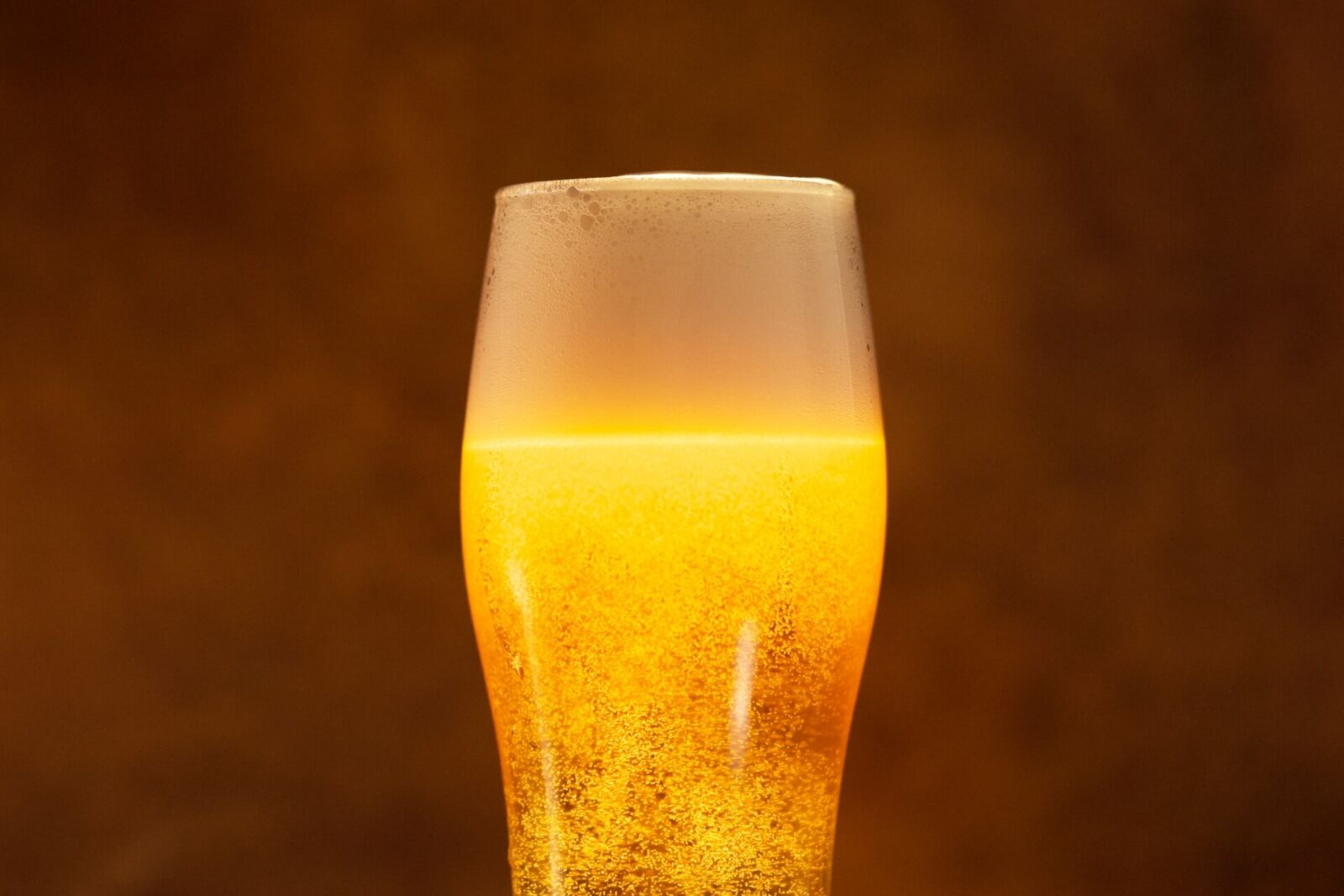
Along with the great skiing and snowboarding on offer in Hakuba Valley, one of the main reasons for its popularity with international visitors is that it offers the best range of accommodation, restaurants and nightlife of the ski resort areas in Central Japan. Areas including Hakuba Village, Wadano and Echoland all have a large number of cafes, restaurants and bars catering to all tastes and budgets, with more and more fine-dining options popping-up all the time. If nightlife and range of dining options is important to you, we recommend staying in the central area of Hakuba Village.
8 / ENJOY HAKUBA IN STYLE / all year round
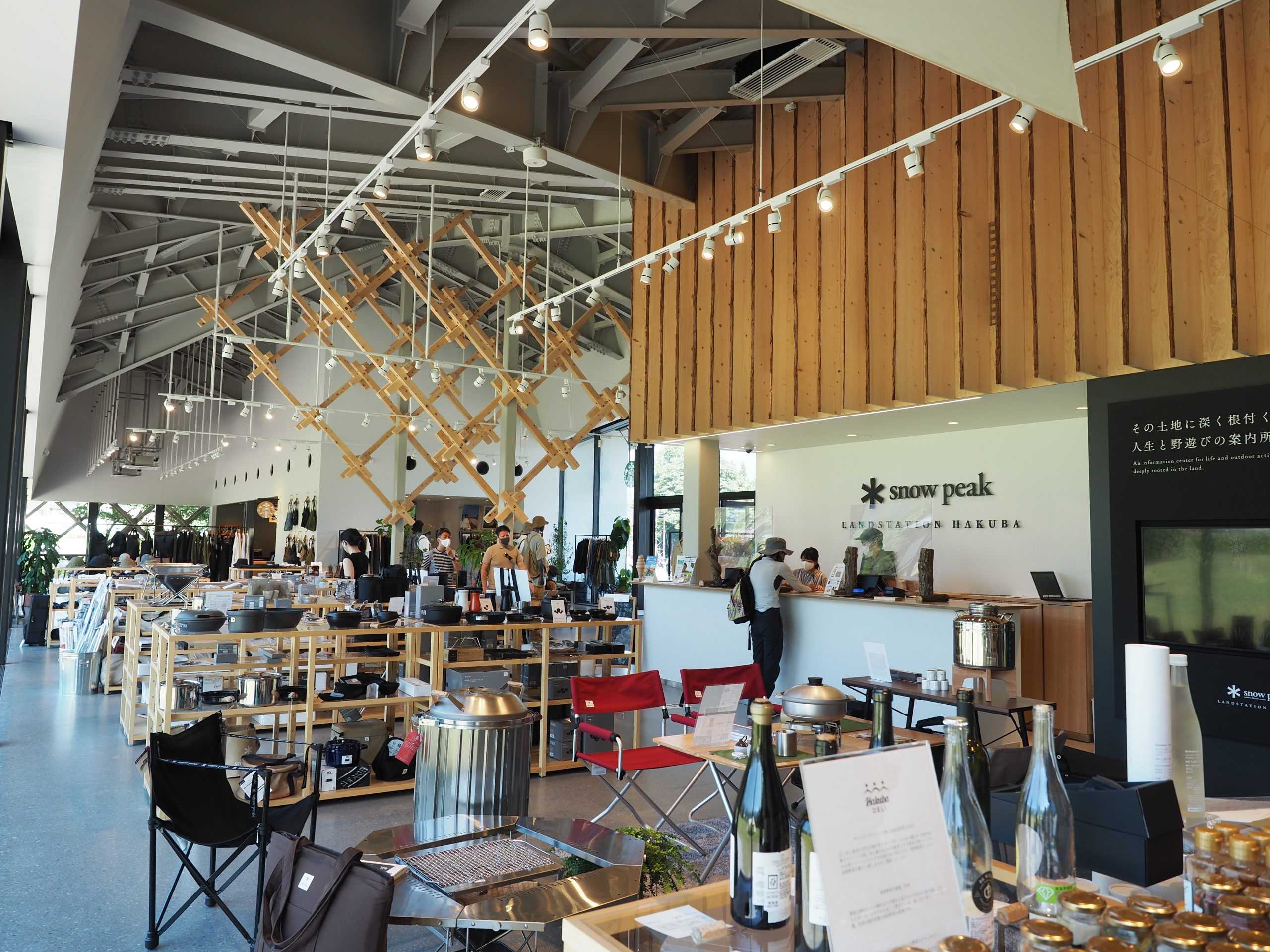
As popular with Japanese as it is with international visitors, an increasing number of hotels, restaurants and shops are opening, catering to the higher end of the market. For many visitors, this is the ongoing and growing appeal of Hakuba.Located in central Hakuba – at the midpoint between Hakuba Station and the Hakuba Happo Bus Terminal – Snow Peak Land Station is a combined flagship store, accommodation, restaurant and café, and open-area event space. Designed by renowned architect Kengo Kuma, it has quickly established itself as one of Hakuba’s most popular all-year-round destinations. Snow Peak have also opened their ‘Field Suite Hakuba’ in the ski fields of Hakuba Happo One. Set against a spectacular alpine landscape, this ‘glamping’-style accommodation is the first of its kind in Hakuba and sure to be popular.
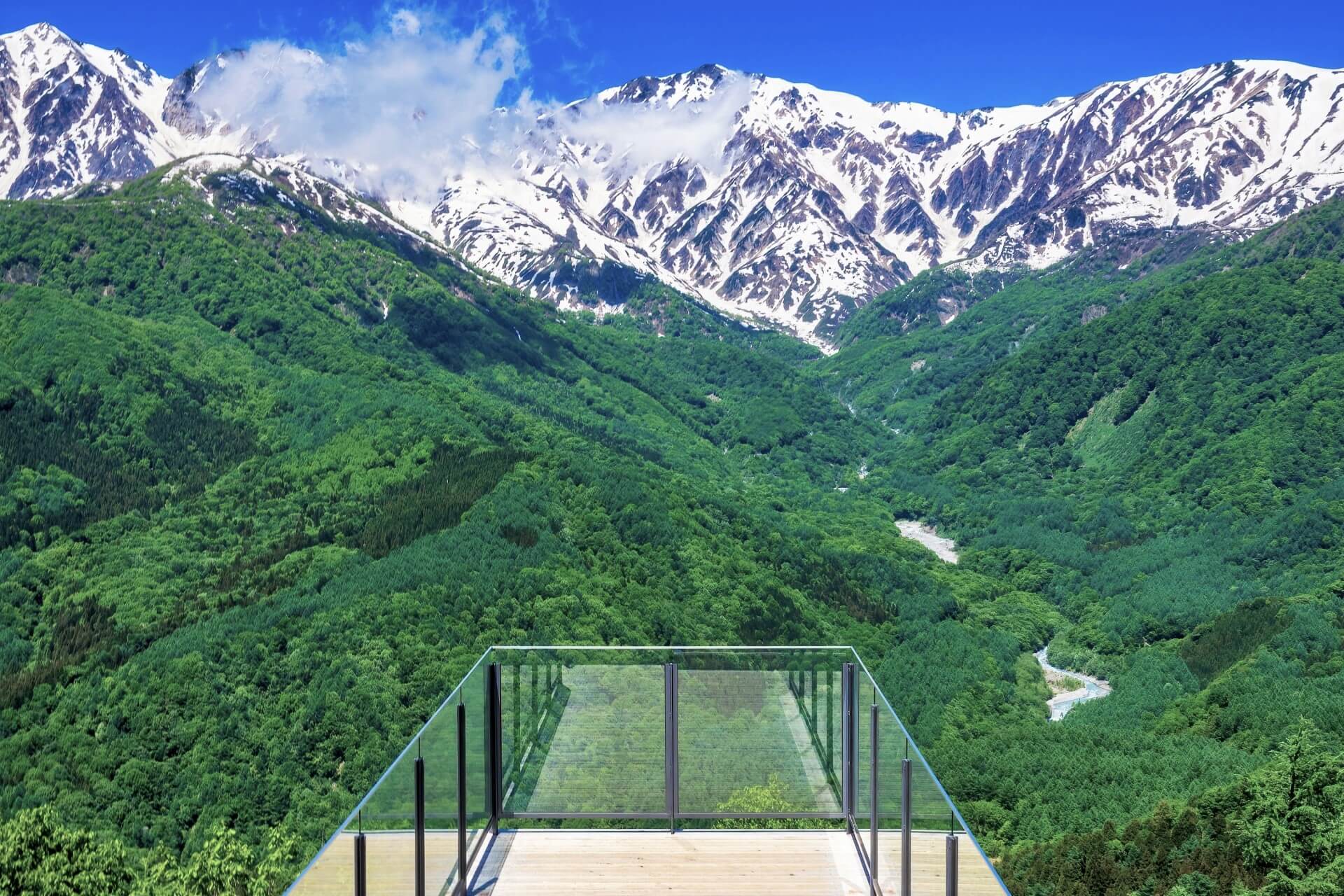
Hakuba Mountain Harbor is located at Iwatake Snow Field and accessible for most of the year using the ‘Noah’ Gondola from the resort base. An observation deck allows for stunning views of the North Alps while visitors can also enjoy food and drinks for the adjoining City Bakery. It remains open through winter, a welcome addition to what is often regarded as Hakuba’s most beautiful resort, Iwatake. With more high-end venues set to open, watch this space for updates!
9 / ACCOMMODATION IN HAKUBA / all year round
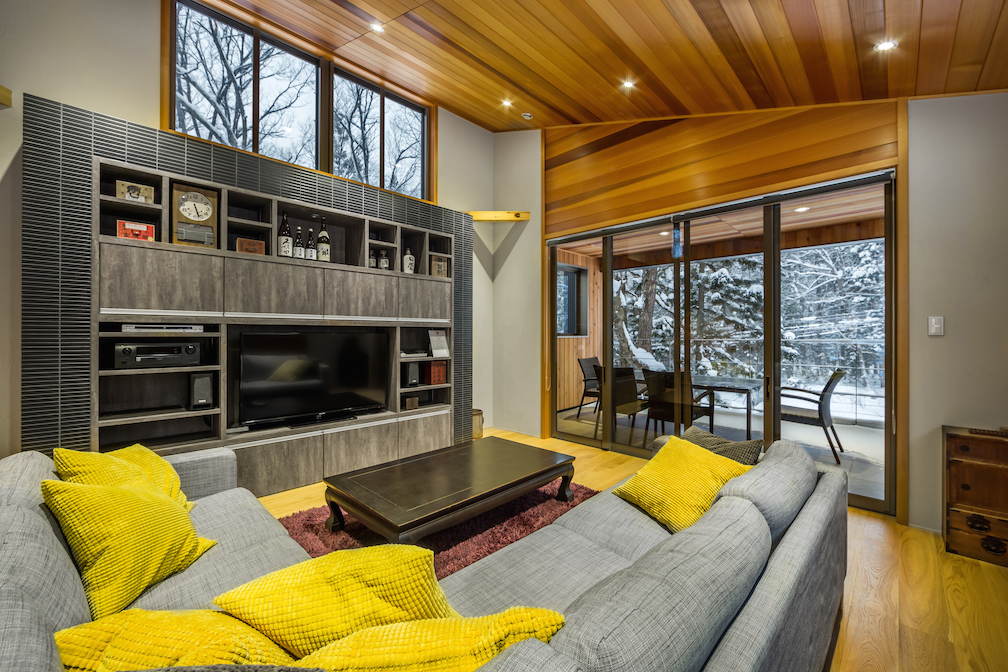
Hakuba offers a huge range of accommodation including plenty of high-end options and self-contained chalets. As the most central resort in Hakuba Valley, the area around the base of Happo One also offers the largest range of accommodation, restaurants, bars, shops and other services. In terms of accommodation, Hakuba Village – including Wadano and Echoland – are all popular choices with plenty of nightlife and dining options. Accommodation ranges from large hotels to small, family-run lodges and private chalets. You’ll find everything from luxury accommodation to budget/backpackers with prices to match. Always popular, accommodation on weekends and holidays can book-out well in advance so make sure to plan ahead to avoid disappointment. For more information, see our ‘Where to Stay in Hakuba?’ page.
10 / ONSEN IN & AROUND NAGANO / all year round
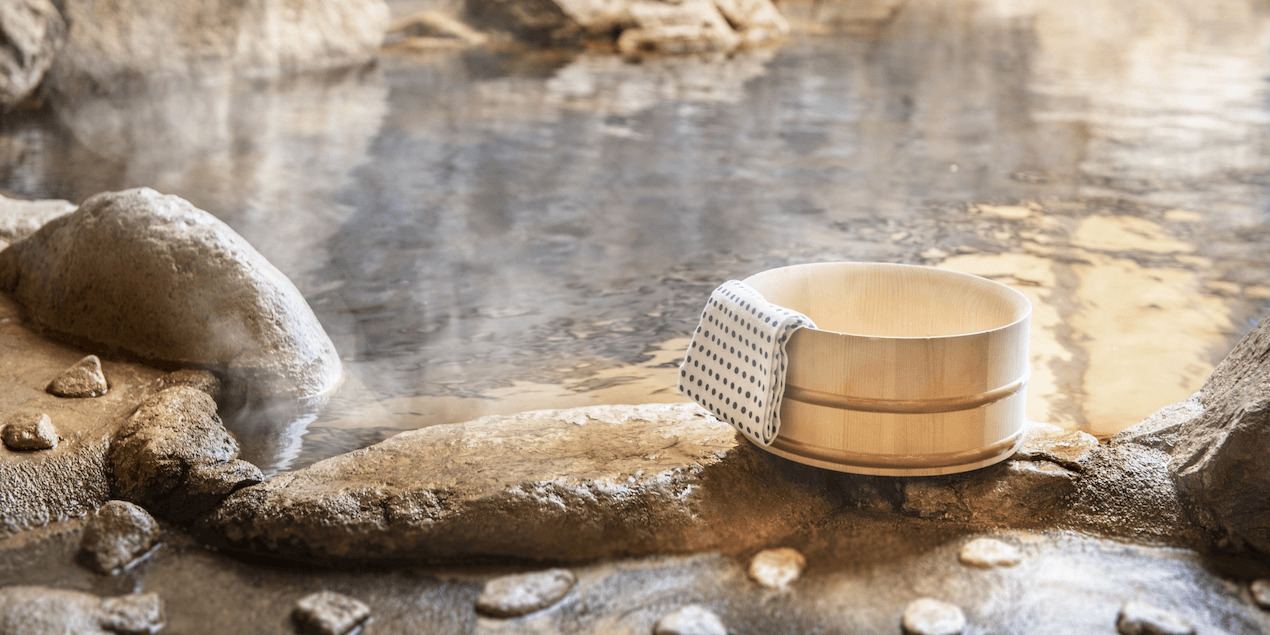
One of the most enjoyable aspects of any visit to Japan is relaxing in a ‘onsen’ (natural hot spring). For visitors heading to Hakuba in winter, soaking in an onsen at the end of a long day on the mountain is one of the highlights of skiing and snowboarding here. Several hotels in Hakuba have their own in-house hot springs while there are also multiple public onsen dotted through the valley, including Hakuba Happo Onsen, directly across from the Hakuba Happo Bus Terminal. Open daily from 06:00 to 21:00, heading in for an onsen at the end of the day is the ultimate reward. When booking your accommodation, make sure to look for those with their own hot springs or at least, a public onsen nearby.
11 / ENJOY NAGANO’S MANY GREAT SKI RESORTS! / November to May
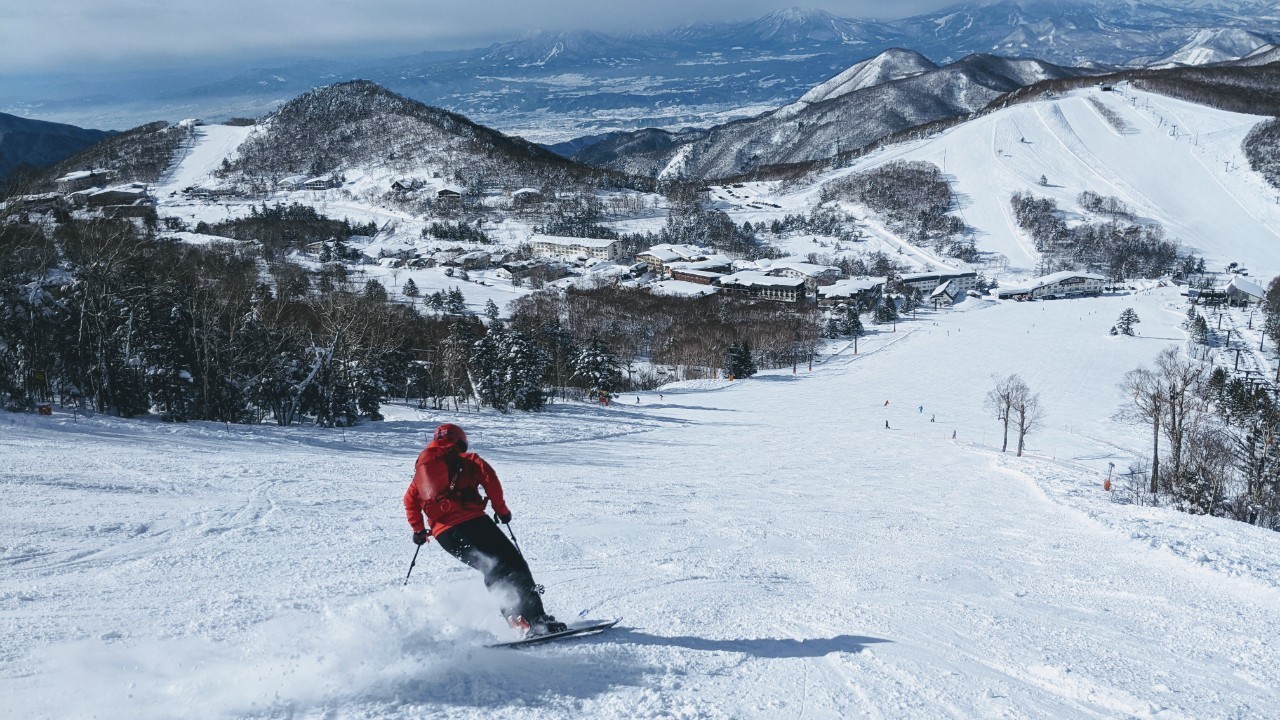

The Nagano Winter Olympics were the first to include snowboarding as a medaled sport, with all snowboarding events taking place in Shiga Kogen – Japan’s largest and highest ski resort. Located around 2-hours from Hakuba and boasting Nagano’s longest season and most reliable snow conditions, Shiga Kogen doesn’t enjoy the profile of Hakuba Valley but it is quickly coming to the attention of international visitors. Offering over 600 hectares of interconnected terrain, Shiga is cover by a common all-mountain pass. Given the size of the resort, there is terrain and courses suited to all levels including courses used during the ’98 Olympics.
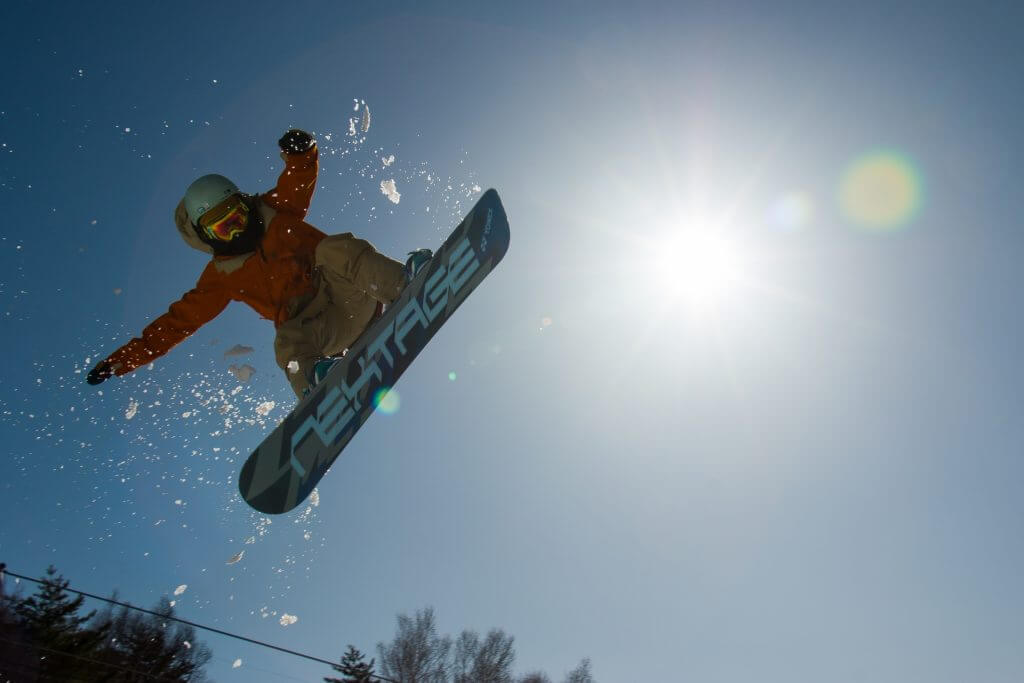
Less than an hours drive from Shiga, Nozawa Onsen is one of Nagano’s most popular resorts – offering skiers and boarders around 300 hectares of train between 565 and 1650 metres. Also known for its great powder and setup for snowboarders, Nozawa is a lively resort serviced by a large village full of accommodation, restaurants and bars and ‘onsen’ (hot springs), Nozawa’s reputation is as much based on what happens off the mountain. Across the valley from Nozawa, Madarao Mountain Resort is known for its epic powder and awesome tree runs. For limited and no backcountry, Madarao is one resort that actually encourages you to get off-piste and head into the trees!
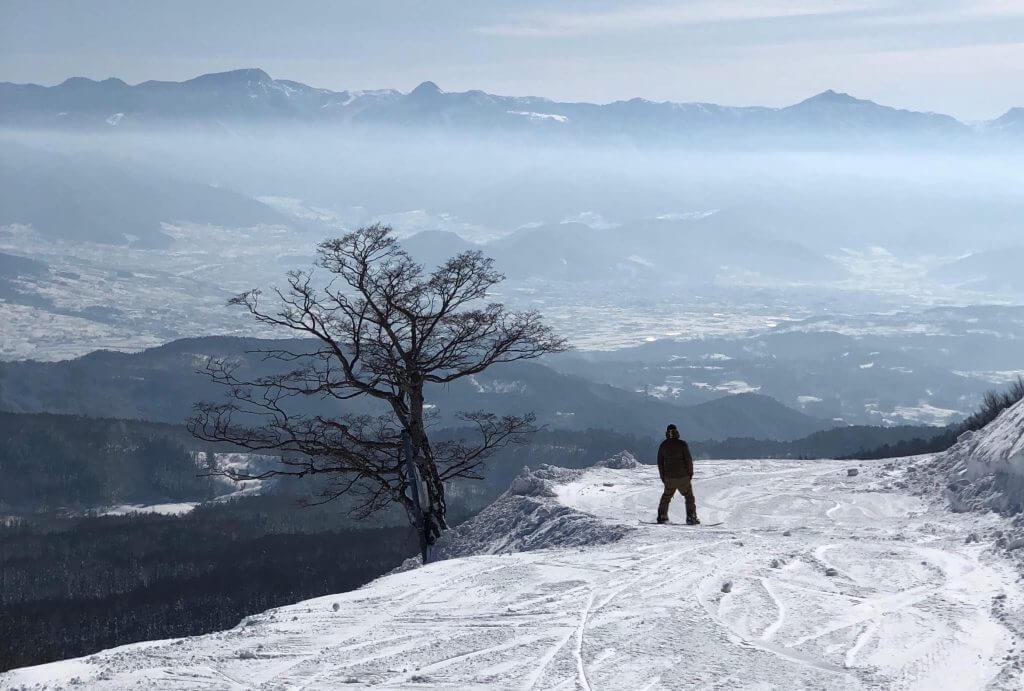
Only 30-minutes drive over the backside of Madarao, Myoko Kogen is quickly coming to the attention of international visitors who have discovered its epic powder. Located in the southern end of Niigata Prefecture and nearby the coast, Myoko receives a massive amount of snow each year. The resorts making-up the area collectively known as ‘Myoko Kogen’ are less developed than resorts such as Nozawa Onsen and have pretty liberal policies when it comes to backcountry, making Myoko the up-and-coming destination for international powderhounds.
12 / JOIN THE WINTER FESTIVALS OF NAGANO / December to March
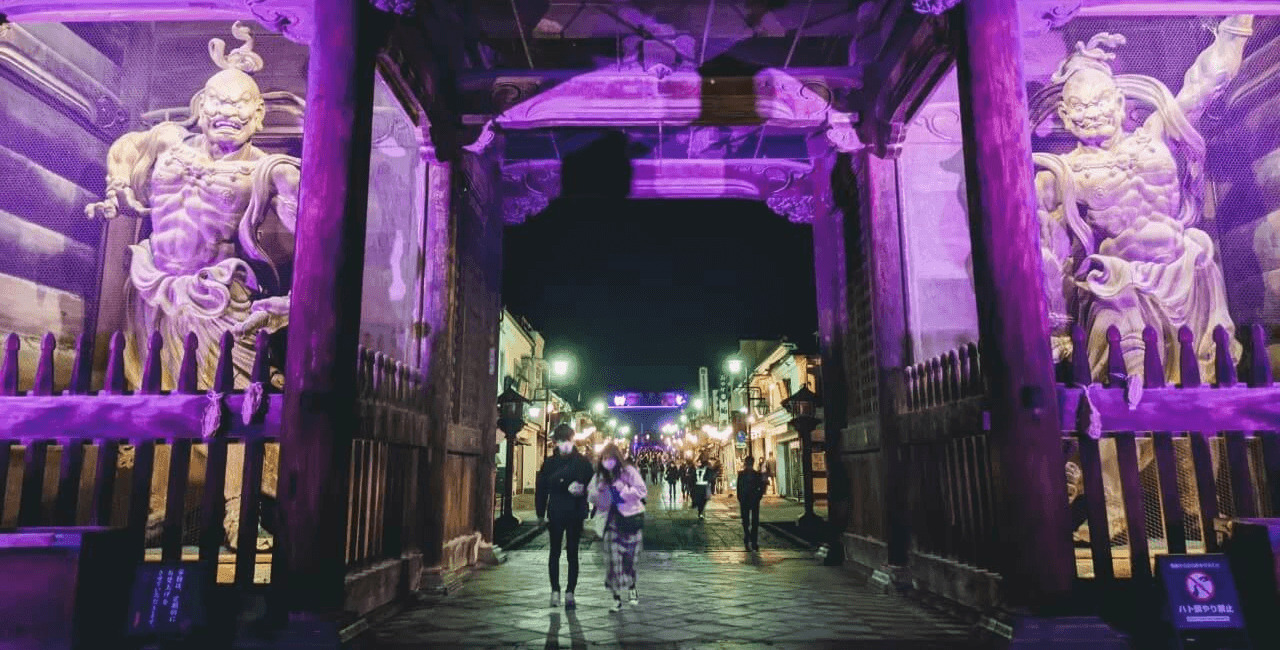
Visitors to Hakuba can enjoy some great festivals held in Nagano each winter, starting with the ‘Zenko-ji Omotesando Illumination’ in Nagano City. Held each December, the illumination sees the city’s famous temple come to light and life, awash with colour as it and the ‘Omotesando’ (avenue leading to temple are lit-up in the cold winter night.
Special Event
| 1-Day Tour: Snow Monkeys & Zenko-ji Winter Illumination | |
| Period | December |
| Time | 10:45/12:15 – 19:50/21:00 |
| Meeting Place | Hakuba Nagano Station |
| Adult Rate | ¥19,800 |
| Child Rate | ¥15,300 |

The ‘Nozawa Onsen Dosonjin Matsuri’, or commonly referred to as the ‘Nozawa Fire Festival’, is one of Japan’s three great fire festivals. The festival is held annually on January 15 but preparation starts in October and involves hundreds of villagers, who build a huge wooden shrine which is then – on the night of the festival – simultaneously attacked and defended by men of the village. Always popular and raucous, the festival ends with the shrine being set ablaze – a remarkable sight and unforgettable night!
Special Event
| 1-Day Tour From Hakuba & Nagano: Nozawa Fire Festival & Snow Monkeys | |
|
| |
| Period | January 15th |
| Time | 11:30/13:00 – 23:45/01:00 |
| Meeting Place | Hakuba Nagano Station |
| Adult Rate | ¥24,500 |
| Child Rate | ¥19,500 |

In the first week of February, the ‘Tomyo Lantern Festival’ again sees Nagano City’s historic temple come to light, as light installations and projects offer thanks to the Buddha – an important act in Buddhism – while also commemorating Nagano’s role as host to the 1998 Winter Olympics. With light installations in place in the ‘shukubo’ (temple lodgings) in the surrounding streets and hundreds of ‘kiri-e’ (cut paper lanterns) leading up to the temple, this is a subdued by beautiful festival in the heart of the city.
1 Day Tour
| 1-Day Tour: Snow Monkeys & Zenko-ji Tomyo Lantern Festival | |
|
| |
| Period | February |
| Time | 10:45/12:15 – 19:50/21:00 |
| Meeting Place | Hakuba Nagano Station |
| Adult Rate | ¥19,800 |
| Child Rate | ¥15,300 |

We offer group tours to all three festivals in combination with a visit to the Jigokudani Monkey Park and including pick-up and drop-off in Hakuba. See below for details. Finally, for three days in the middle of March, ‘Snow Monkey Beer Live’ kick-offs in Shiga Kogen Ski Resort. As Japan’s largest and highest ski resort, Shiga is blessed with Nagano’s longest season and just many other resorts – including many in Hakuba – are winding-down for the season, Snow Monkey Beer Live heralds the start of Shiga’s spring-skiing season. Including great local music, food and beer, this festival is quickly getting a big reputation and sells out in advance.
13 / JOIN ONE OF OUR WINTER TOURS / December to March
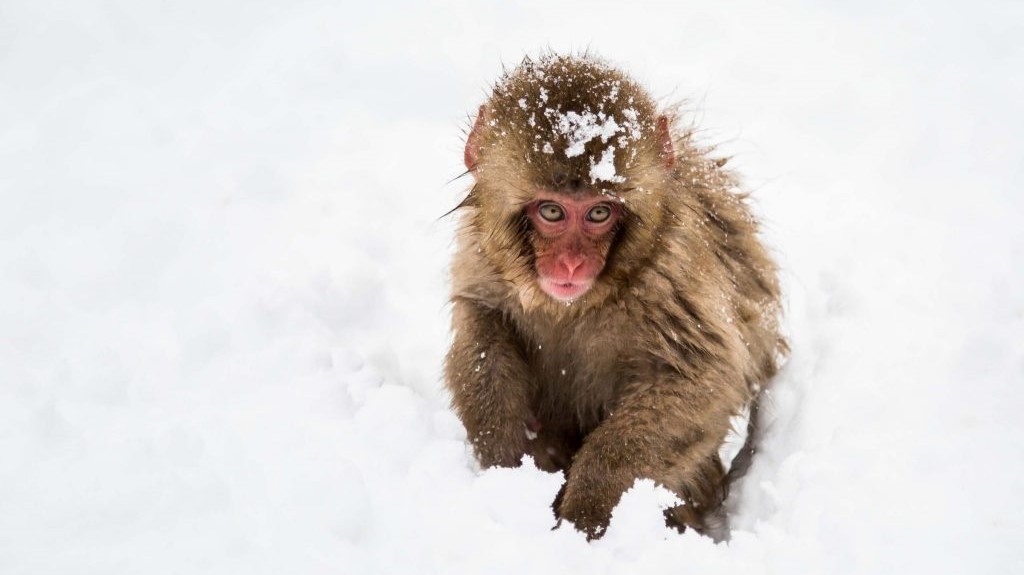
1 Day Tour

| 1-Day Tour: Snow Monkeys, Zenko-ji Temple & Sake in Nagano | |
|
| |
| Period | All Year Round |
| Time | 09:35 – 17:35 |
| Meeting Place | Nagano Station Hakuba (winter only) |
| Adult Rate | ¥17,800 |
| Child Rate | ¥11,000 |

Selected as one of Tripadvisor’s Top 10 Traveler Experiences in Japan in 2019, our 1-Day Snow Monkeys, Zenko-ji Temple & Sake Tour includes a morning visit to Nagano’s near-1400 year old Zenko-ji Temple, followed by lunch and a guided ‘sake’ tasting, and then onto the Jigokudani Monkey Park for an early afternoon visit. With pick-up and drop-off available in Hakuba, this is our longest running and most popular tour.
1 Day Tour
| 1-Day Tour: Snow Monkeys & Snow Fun In Shiga Kogen | |
|
| |
| Period | December to March |
| Time | 08:45 – 17:30/18:00 |
| Meeting Place | Nagano Station Snow Monkey Park Area |
| Adult Rate | ¥21,800 |
| Child Rate | ¥13,300 |

Our 1-Day Snow Monkeys & Snow Fun in Shiga Kogen and 1-Day Snow Monkeys & Snowmobiling in Shiga Kogen operate on the same day using the same tour bus, allowing families or groups of friends to enjoy ‘snow fun’ activities or snowmobiling in Shiga Kogen, followed by lunch and a visit to the monkeys.
1 Day Tour
| 1-Day Tour: Snow Monkeys & Snowmobiling in Shiga Kogen | |
| Period | December to March |
| Time | 07:45/09:00 – 17:30/18:30 |
| Meeting Place | Nagano Station Hakuba |
| Adult Rate | ¥26,000/43,000 |

As discussed above, Nagano hosts some great festivals in winter including the Zenko-ji Winter Illumination in December, Nozawa Fire Festival in January, and Zenko-ji Tomyo Lantern Festival in February – all of which we cover on group tours including pick-up and drop-off in Hakuba. All tours combine the festivals with a visit to the monkeys and late lunch or early dinner at popular local restaurants. We hope you can join us on a tour this winter!
14 / CHERRY BLOSSOMS & AUTUMN LEAVES IN NAGANO / late-March to late-April & October to November
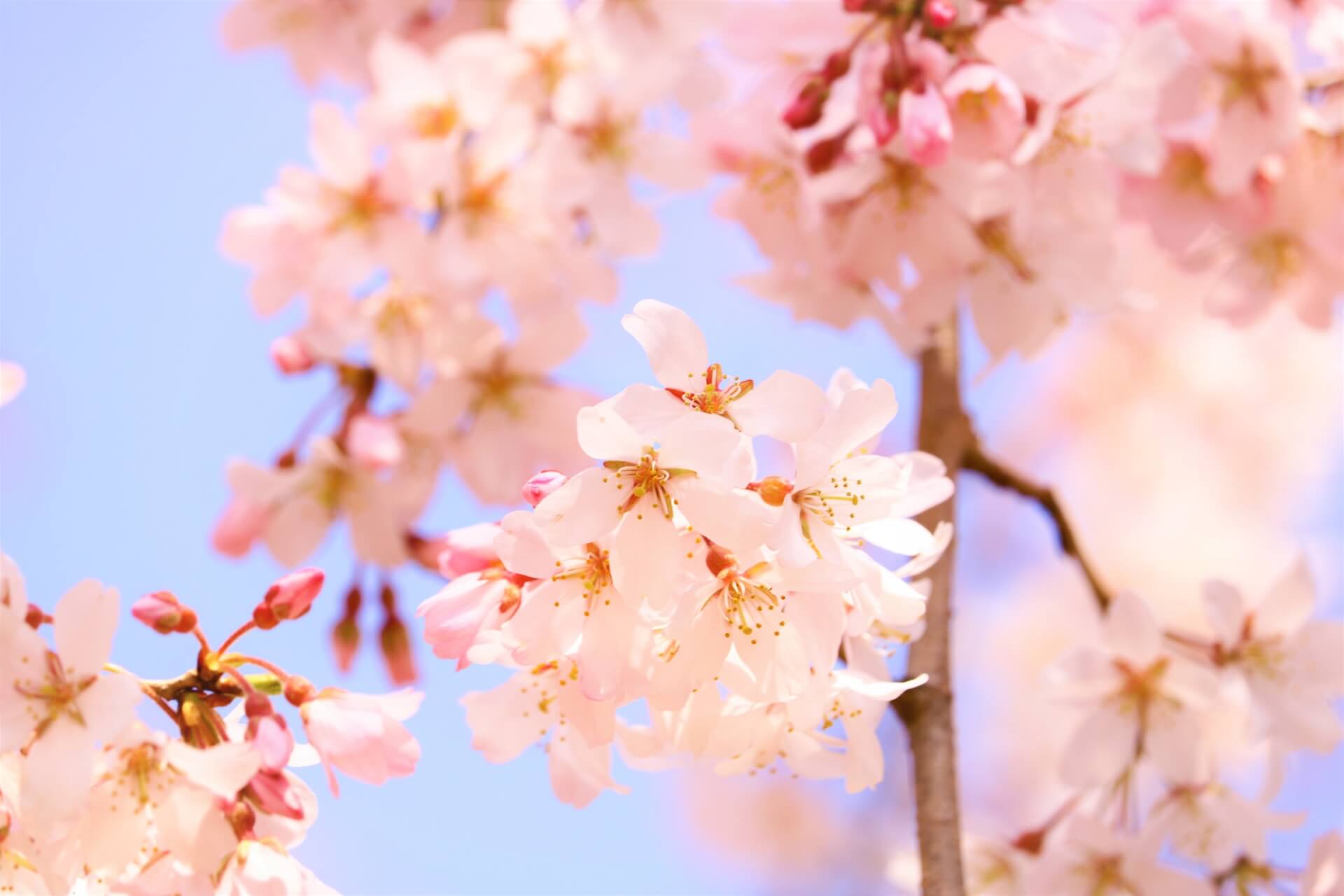
If you’re visiting Hakuba for the late ski season in late April and miss the cherry blossoms blooming in Tokyo, you are in for a treat when you arrive in Nagano! Due to its cooler climate, the cherry blossoms of Nagano bloom later than most of the country and will most likely be at their peak around the middle of April. There are any number of places a reasonable distance from Hakuba where you can go to enjoy them.
1 Day Tour
| [Spring Only] 1-Day Tour: Snow Monkeys & Cherry Blossoms in Nagano | |
|
| |
| Period | April |
| Time | 09:35 – 17:30/18:30 |
| Meeting Place | Hotel Kokusai 21 Nagano Station |
| Adult Rate | ¥17,800 |
| Child Rate | ¥11,000 |

Want to enjoy the blossoms on a tour? Our 1-Day Snow Monkeys & Cherry Blossoms in Nagano Tour combines a morning visit to the monkeys with lunch and then afternoon of blossom-viewing at some of Nagano’s best spots. While the tour doesn’t include pick-up or drop-off in Hakuba, you can still join by getting yourself to and from Nagano Station on the day.
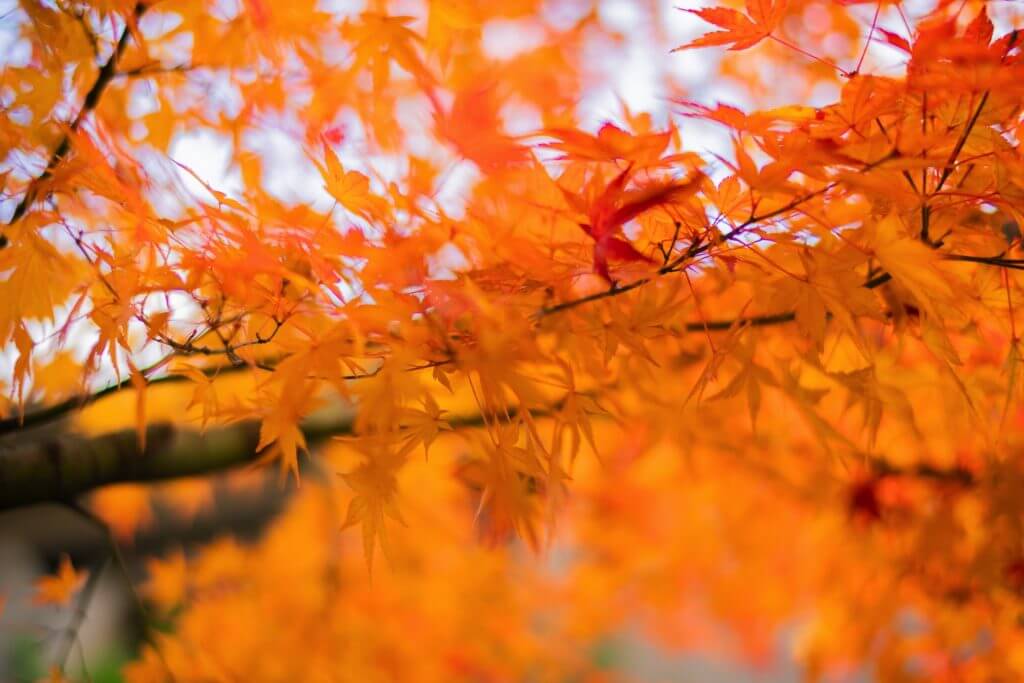
Bookending the blossoms of spring, Hakuba and Nagano are best with some of Japan’s best autumn leaves. With the leaves typically at their best from mid-October to mid-November, using the ropeways of Hakuba is a great way to access walking trails through some spectacular forests of red, gold, amber and brown – see below for details.
15 / HAKUBA SUMMER ROPEWAYS / late-May to November
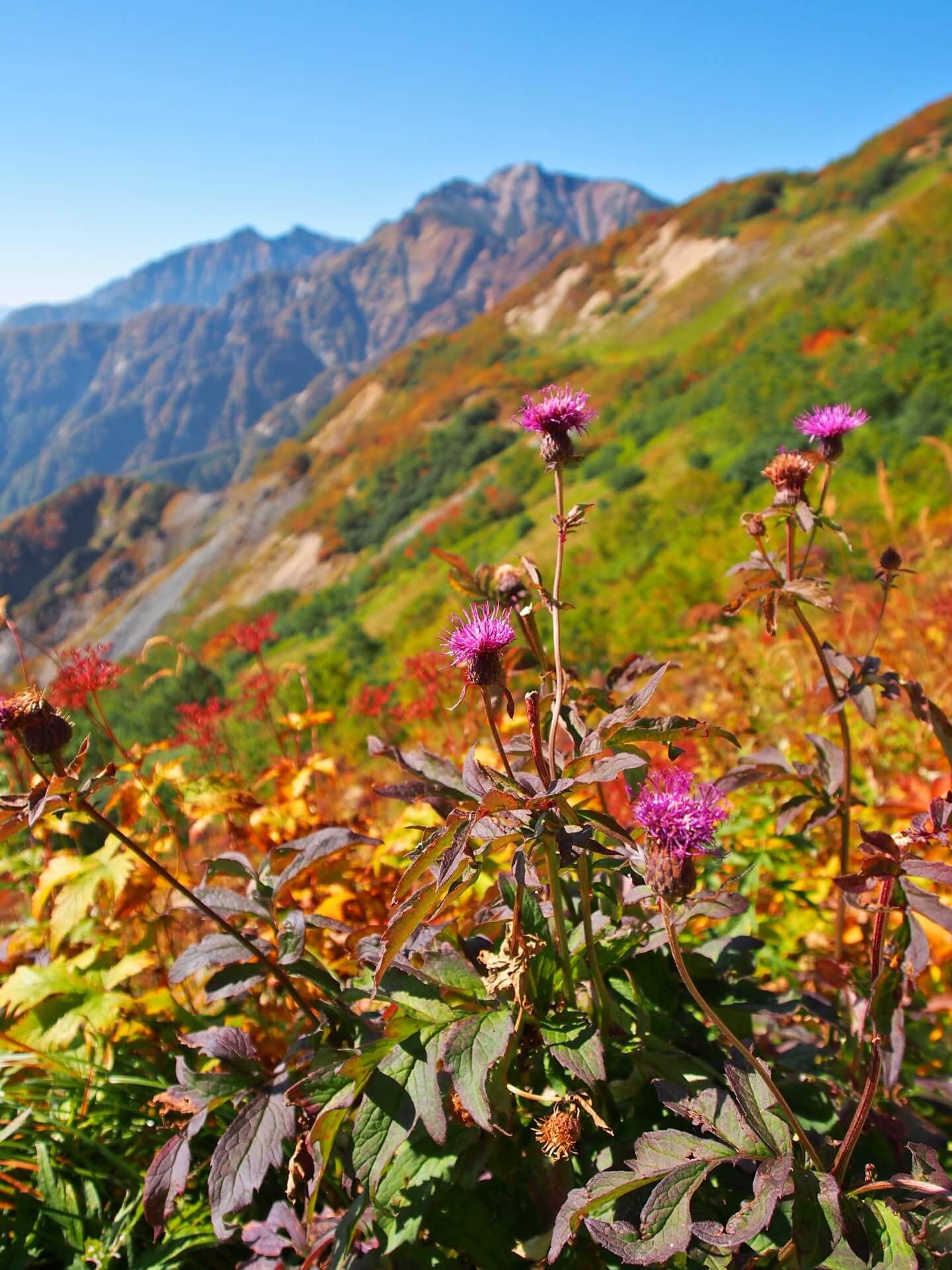
Busy ferrying skiers and snowboarders up the ski resorts in winter, several of Hakuba’s ropeways continue to operate from late-spring to autumn (with brief periods closed either side of winter). Operating from Hakuba Goryu Snow Resort, Hakuba Goryu Alpine Botanical Garden is accessible using the main gondola. Taking 10 minutes to climb to around 1500 metres above sea level, visitors can enjoy the alpine garden of more than 300 varieties of plants, leisurely walking trails and the ‘ALPS 360’ restaurant.
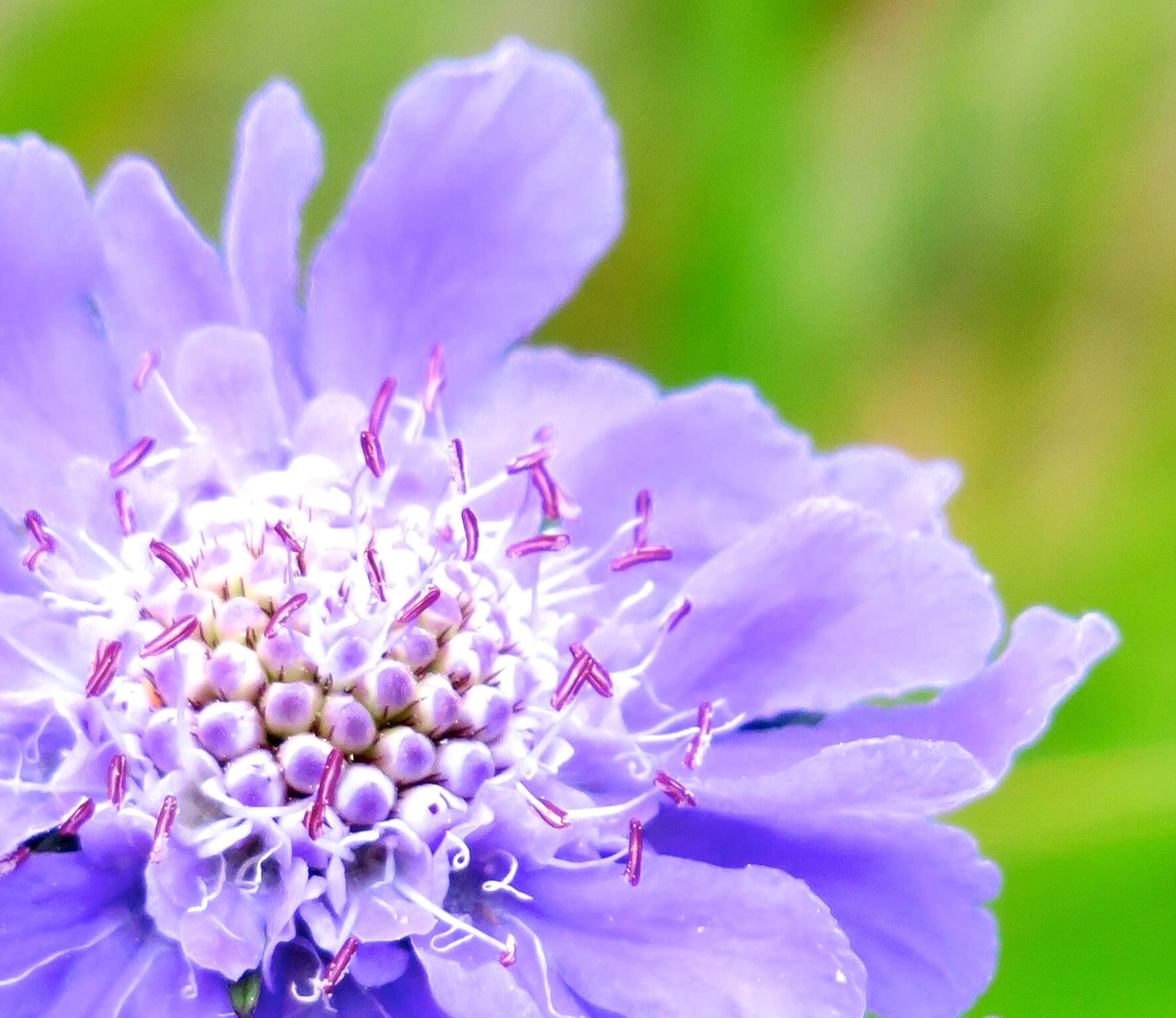
Outside of winter, the ‘Noah’ gondola at Hakuba Iwatake operates from early-June to mid-November and transports visitors to the Hakuba Mountain Harbor including City Bakery and walking trails. Known for its outstanding view of the North Alps and stunning autumn leaves, the Mountain Harbor has quickly established itself as one of Hakuba’s most popular all-year-round destinations. Happo Pond can be accessed using the ‘Adam’ gondola at Hakuba Happo One. Located around 2000 metres above sea level, the pond is around 90-minutes walk from the upper gondola station and blessed with one of Hakuba’s most iconic vistas.
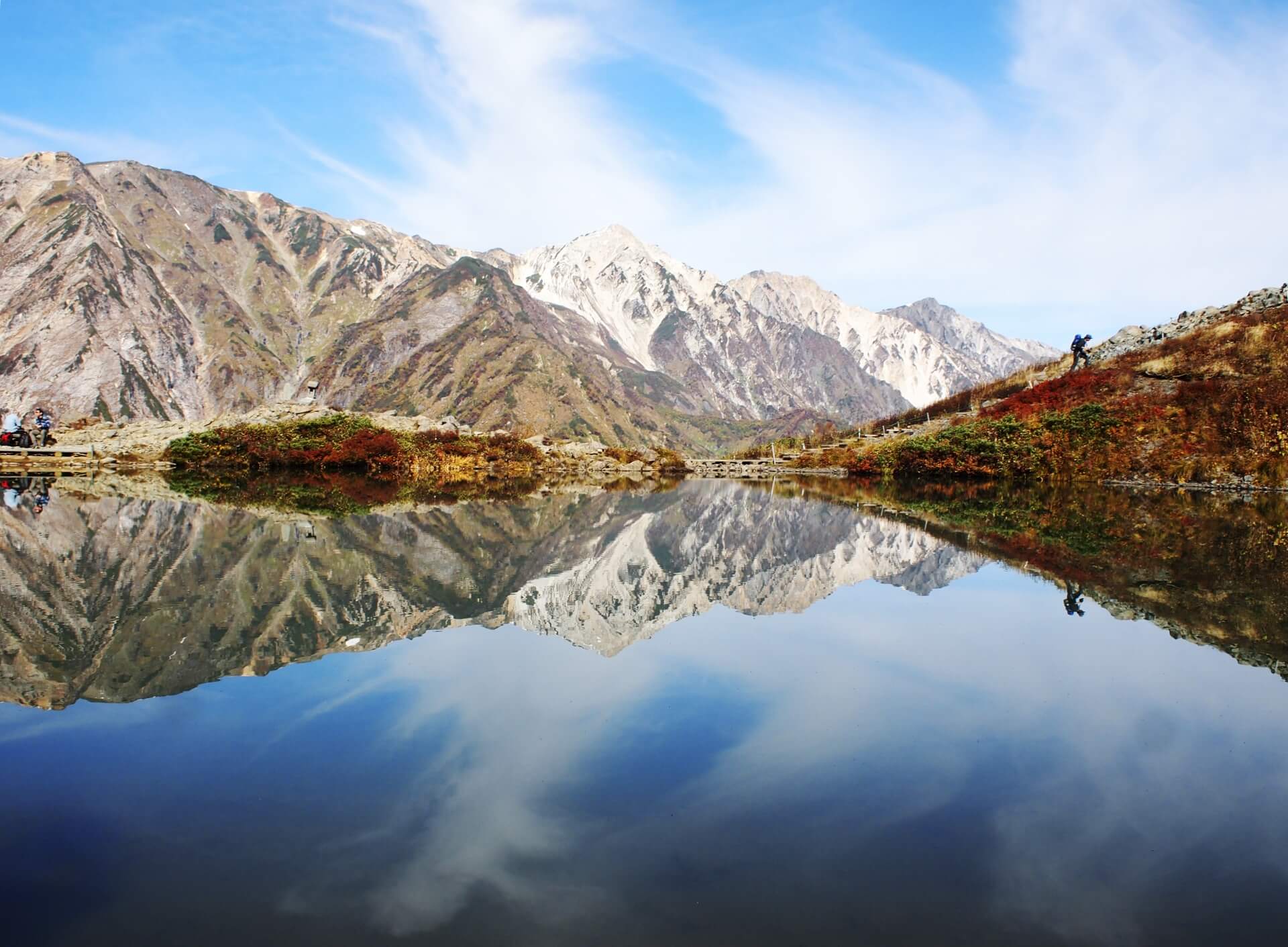
Trails lead onto the pond further into the mountains – more serious undertakings that require appropriate experience, preparation and gear – however, for anyone of reasonable fitness, Happo Pond is a beautiful and rewarding destination. Accessible using the Tsuigake ‘Eve’ Gondola followed by the shorter ropeway, the Tsugaike Nature Park sits at around 1900 metres above sea level and offers a series of leisurely yet beautiful alpine trails. Courses ranging from 1km to 5.5km / 1 to 4 hours walk provide access over 100 hectares of alpine landscape – known for the beauty of its plants and flowers – and panoramic views of the North Alps rising another 1000 metres above.
16 / HIKING IN THE NORTH ALPS / late-May to November
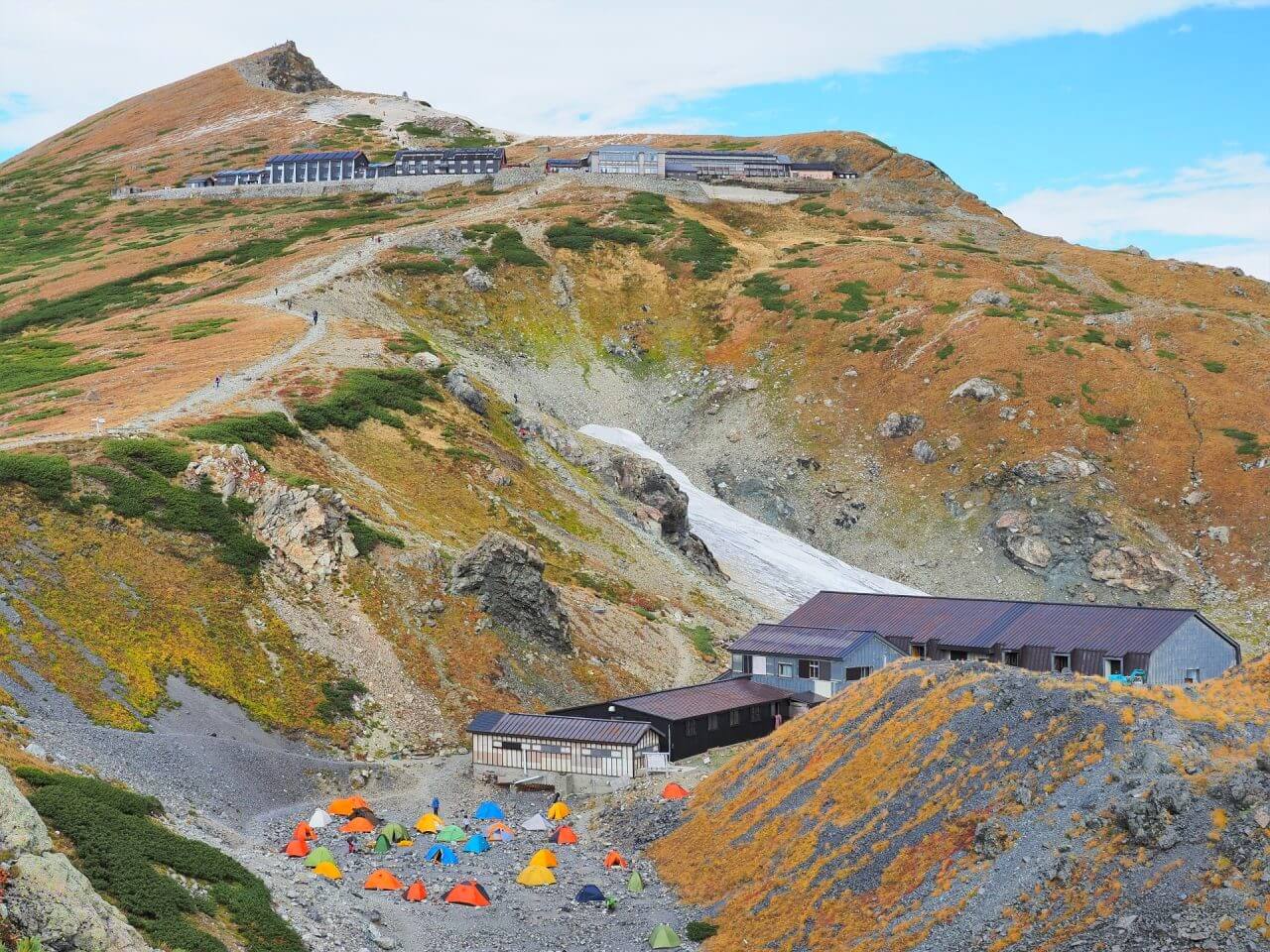
Needless to say, the mountains of Hakuba don’t get any smaller in summer and as such, the North Alps offer some of Japan’s best hiking and mountaineering. As part of the Chubu Sangaku National Park – an expansive area that includes several of Japan’s highest mountains – there are simply too many trails and possible routes to list succinctly here but it’s worth mentioning the popular hike up Mount Shirouma. The trailhead to the route up Mount Shirouma is only a 20 to 25-minute drive from the Hakuba Happo Bus Terminal or Hakuba Station. Known for its dramatic beauty and continued areas of snow throughout the year, including the spectacular Hakuba Daisekkei snowfield, Mount Shirouma is approximately a 10-hour climb requiring an overnight stay at one of the mountain lodges along the route. Hakuba is a gateway to the North Alps, a spectacular region that includes the Tateyama-Kurobe Alpine Route, Kamikochi and more. For more information, see our ‘Hiking, Trekking, Mountaineering, Caving & Climbing’ page.
17 / MOUNTAIN-BIKING & TRAIL RUNNING / June to November
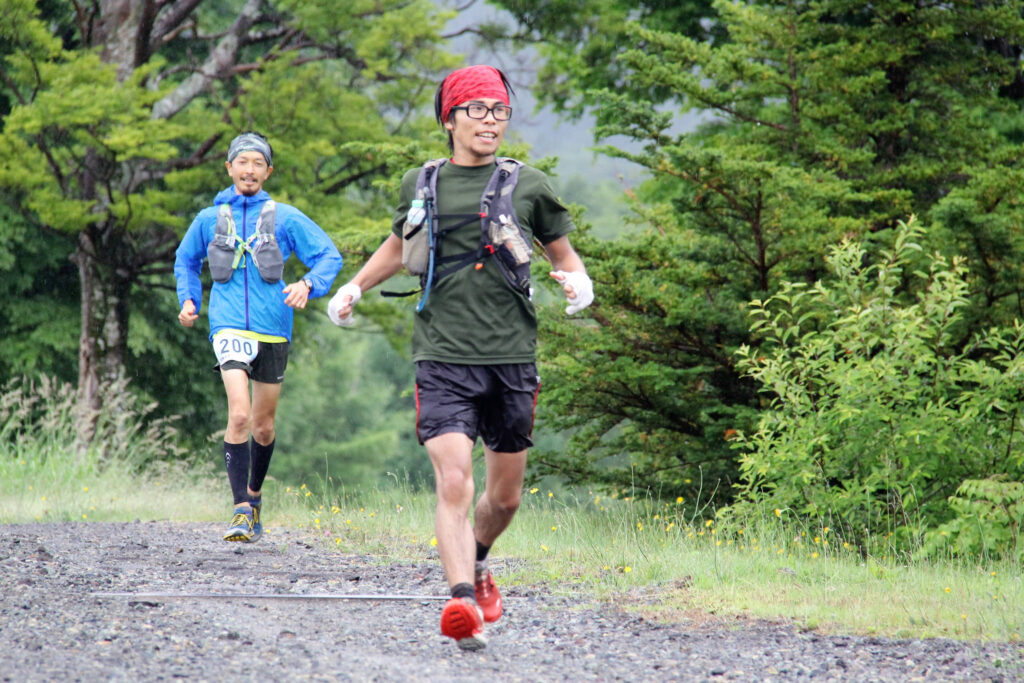
In recent years, Hakuba has established itself as Central Japan’s biggest and best green season sports destination with mountain-biking and trail running both becoming hugely popular. Keen trail-runners should also consider heading across to Shiga Kogen in July and October for two events: the Shiga Kogen Mountain Trail Run and the Shiga Kogen Extreme Trail Run. Wildly popular with Japanese, these events are attracting more-and-more international entrants every year. Always given a warm welcome, it’s a great way to challenge yourself on trails through one of Central Japan’s great national parks. For more information, see our ‘Running, Trail-Running, Cycling & Mountain-Biking (MTB)’ page.
18 / HAKUBA ON THE WATER / June to November
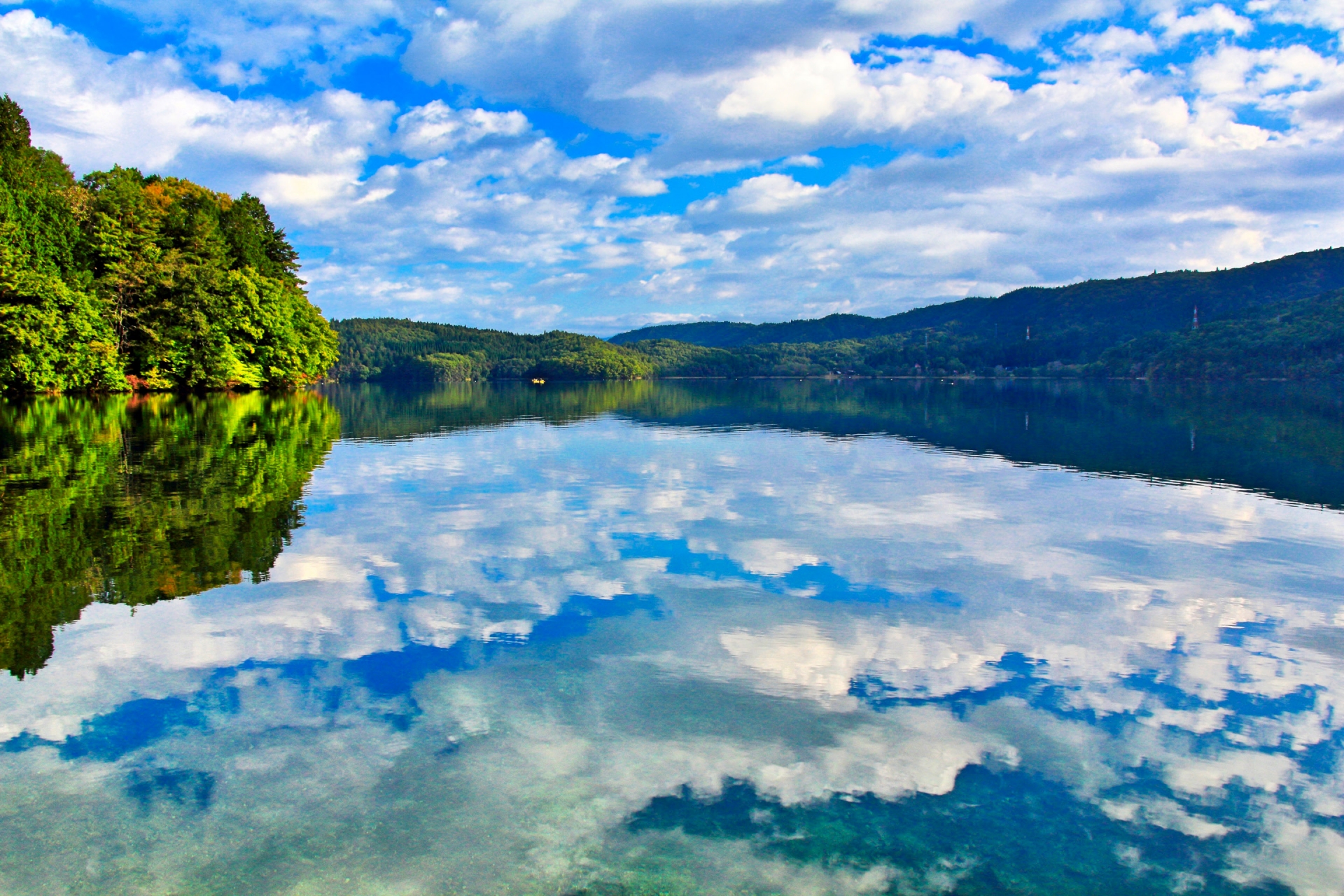
As the temperature rises through late-spring and into summer, it’s time to hit the water! Hakuba is blessed with some beautiful rivers and lakes, which can be enjoyed rafting, kayaking and canoeing. In recent year, SUP or ‘stand-up padding’ has become popular in Japan – a fun and healthy activity for visitors of all ages. With guided outdoor experiences on the water available throughout the green season, Hakuba has something to offer for everyone including kids and families. Within easy reach of the Hakuba Happo Bus Terminal and Hakuba Station, Lake Aoki is popular throughout summer. Known for the beauty of its water and surrounding forest, visitors to Aoki can enjoy the activities mentioned above, with camping, bbq facilities and accommodation available on the shores of the lake. For more information, see our ‘Canoeing, Kayaking, Rafting, Canyoning & SUP’ page.
19 / HAKUBA IN THE AIR / April to November
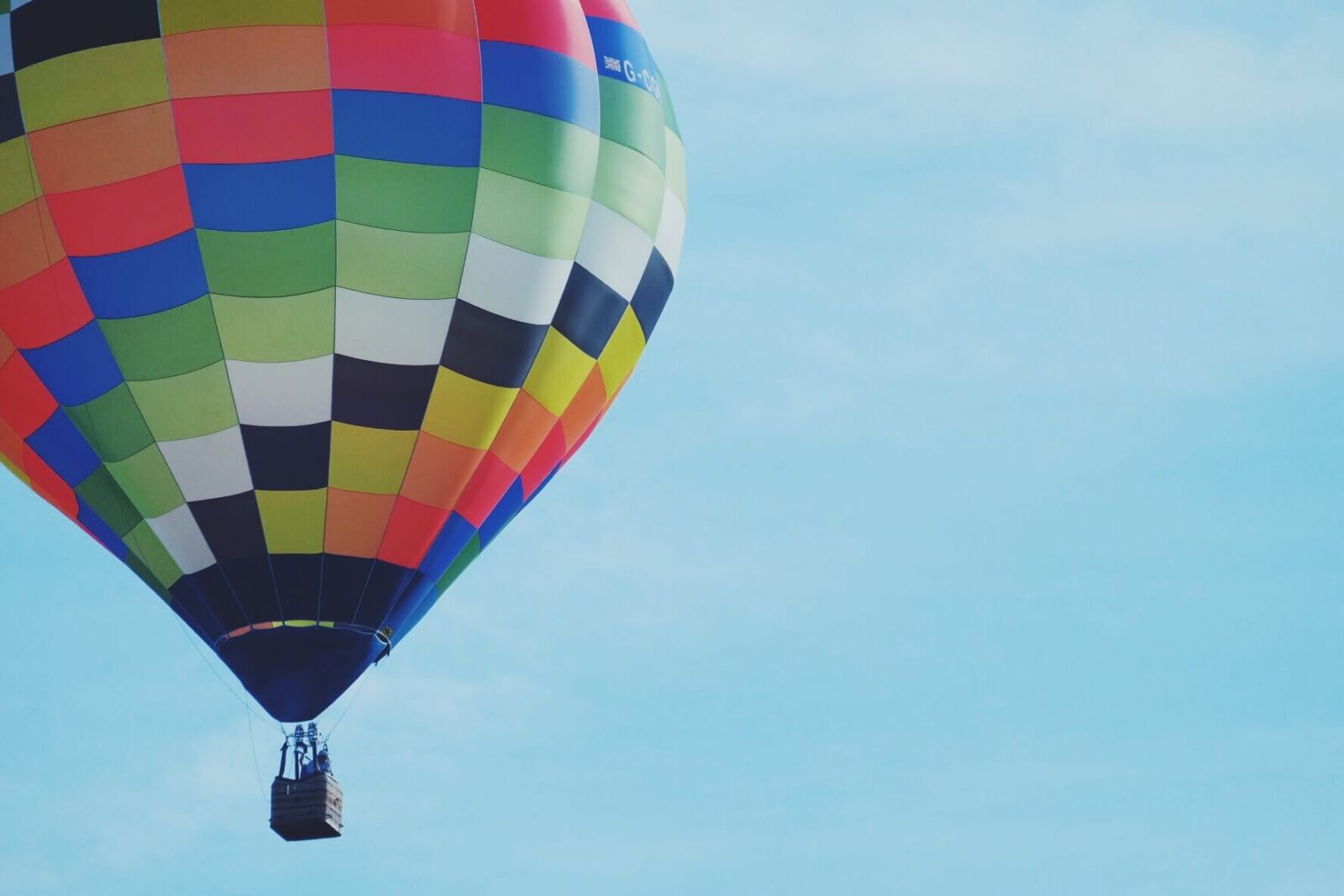
Hot air ballooning is another hugely popular way to enjoy Hakuba from spring to autumn! Operating from the Hakuba Olympic Ski Jump Arena, flights only take a total of 20-minutes but in that time, provide guests with unimpeded and stunning views of the North Alps and Hakuba Valley. Taking place in the morning when weather conditions and light are at their best, hot air ballooning is especially popular during the autumn leaves of October and November. For more information, see our ‘Hot Air Ballooning, Hang-Gliding & Paragliding’ page.
20 / FESTIVALS OF SPRING, SUMMER & AUTUMN / May to November
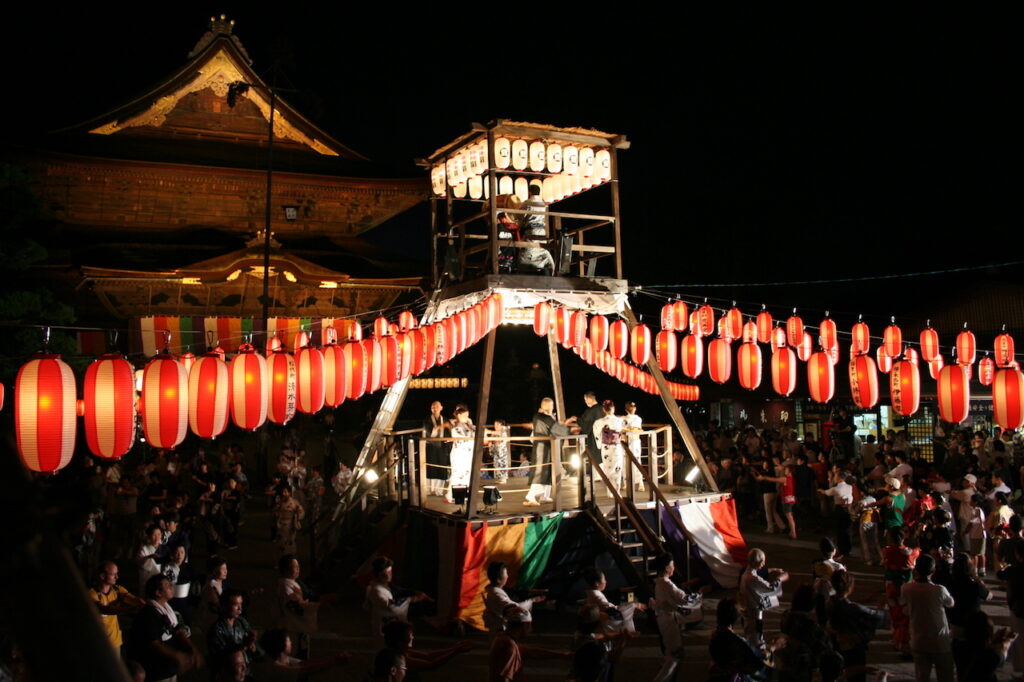
Known as ‘matsuri’, festivals play an important role in bringing communities together to celebrate all types of weird and wonderful things. While in Hakuba through spring, summer and autumn, visitors are within close proximity of some fantastic festivals including Nagano City’s ‘Binzuru Dance Festival’ (pictured above) that sees troupes of dancers take over the streets, totaling around 200 groups and thousands of onlookers. In the heat of summer, the festival attracts a big crowd and great atmosphere. Also taking place in August, Matsumoto’s ‘Bon Bon’ Dance Festival is just one of the many festivals in a busy calendar of events in the famous castle town.
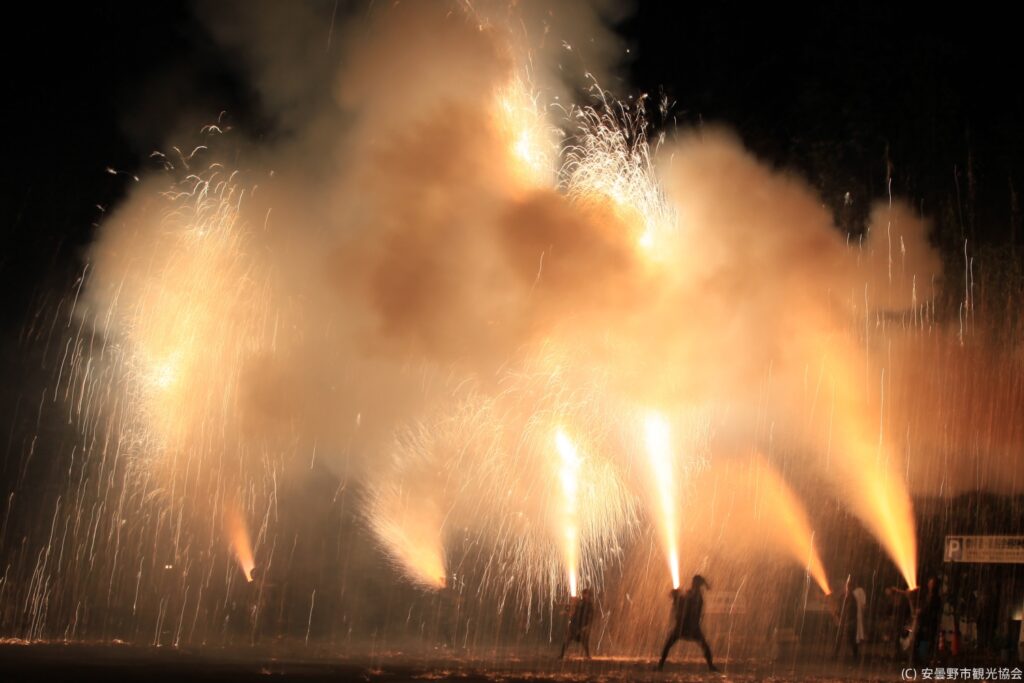
Between Hakuba and Matsumoto, the ‘Azumino Fireworks Festival’ (pictured above) takes place on August 14th each year. This decidedly local festival attracts a big crowd to see the warm summer night burst into light with around 12,000 fireworks exploding in the sky above. The ‘Zenko-ji Summer Ennichi Festival’ (pictured above) takes place at the Nagano’s historic Zenko-ji Temple in mid-August. This event draws visitors from far and wide – a spectacular display of the continued importance of the temple to the people of Nagano.
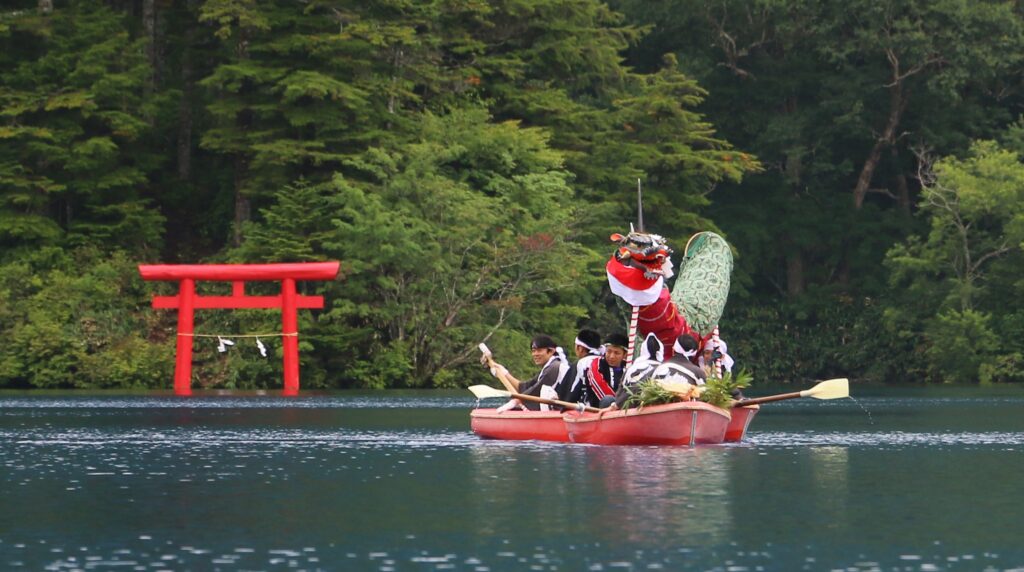
The third weekend of August sees Shiga Kogen’s three-day ‘Daija Festival’ (pictured above) take place in the beautiful surroundings of Joshinetsu Kogen National Park. Taking place at the end of September, the ‘Azumino O-Fune Matsuri’ or ‘Ship Festival’ celebrates the founding to the Azumino region with a climatic ship fight, propelled by local residents. In October, the historic town of Matsushiro – part of Nagano City – plays host to its autumn ‘Sanada Clan Jumangoku Festival’ – a spectacular celebration of the town’s samurai heritage.

Finally, in November, Nagano City hosts the stunning and huge ‘Ebisu-ko Fireworks Festival’. Attracting an estimated crowd of around 400,000 people, more than 15,000 fireworks explode in the crisp autumn sky in thanks for a good harvest and heralding the winter to come. These are just some of the many events taking place near Hakuba through spring, summer and autumn.
21 / JOIN OUR TOURS IN SPRING, SUMMER & AUTUMN / April to November
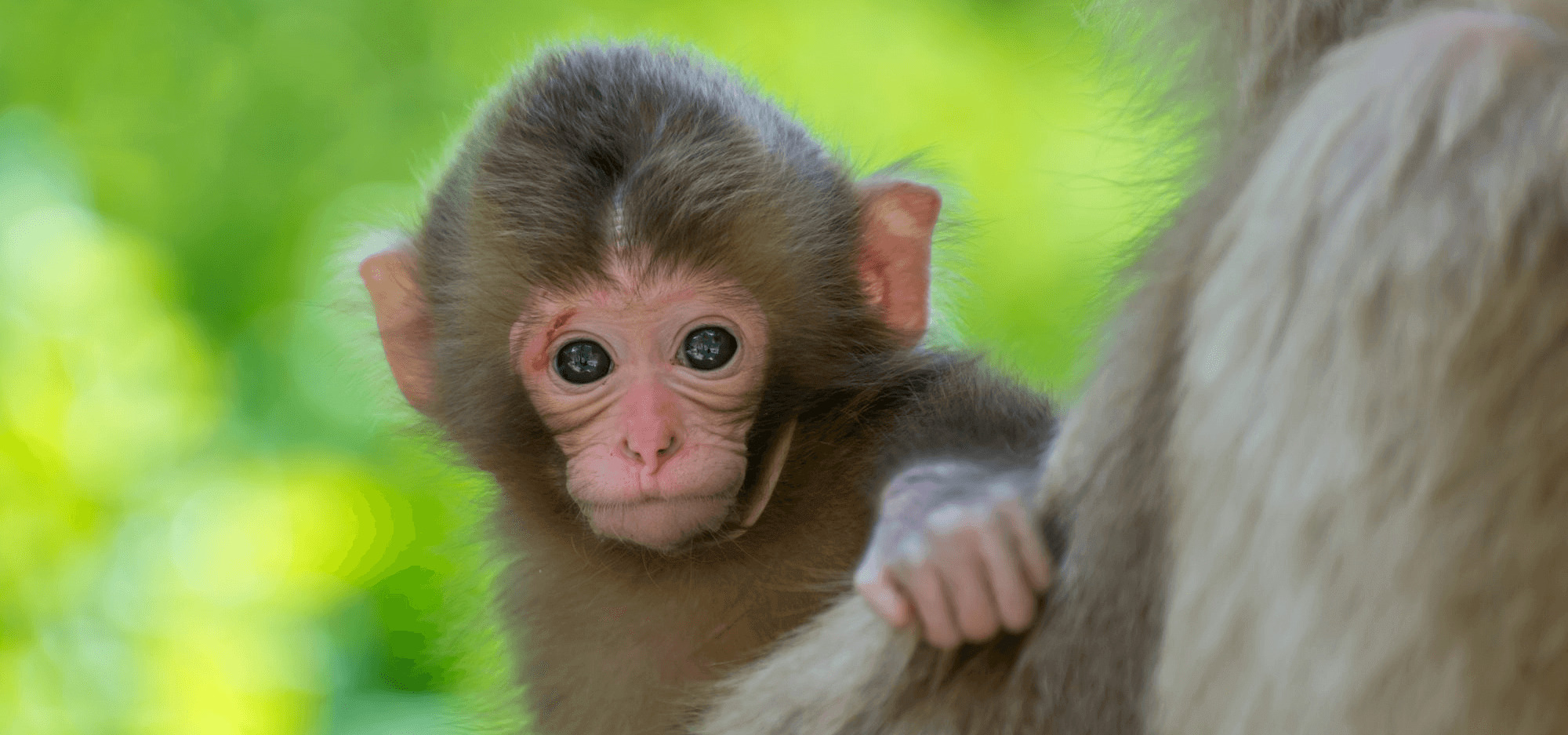

Through spring, summer and autumn, we offer many group tours including our 1-Day Snow Monkeys, Zenko-ji Temple & Sake Tour. Operating hroughout the year, our most popular tour includes a morning visit to Nagano’s near-1400 year old Zenko-ji Temple, followed by lunch and a guided ‘sake’ tasting, and then onto the Jigokudani Monkey Park for an early afternoon visit. Outside of winter, pick-up/drop-off is not available at Hakuba but guests can easily join us at Nagano Station.
1 Day Tour
| [Spring Only] 1-Day Tour: Snow Monkeys & Cherry Blossoms in Nagano | |
|
| |
| Period | April |
| Time | 09:35 – 17:30/18:30 |
| Meeting Place | Hotel Kokusai 21 Nagano Station |
| Adult Rate | ¥17,800 |
| Child Rate | ¥11,000 |

Our 1-Day Snow Monkeys & Cherry Blossoms in Nagano Tour combines a morning visit to the monkeys with lunch and then afternoon of blossom-viewing at some of Nagano’s best spots. Pickup is at Nagano Station. Pick-up/drop-off is at Nagano Station.
1 Day Tour
| [Spring Only] 1-Day Tour from Nagano: Snow Walls of Tateyama-Kurobe Alpine Route | |
|
| |
| Period | April to June |
| Time | 07:50/08:15 – 18:00-19:00 |
| Meeting Place | Hotel Kokusai 21 Nagano Station |
| Adult Rate | ¥30,000 |
| Child Rate | ¥23,800 |

Also running from April to June, our 1-Day Snow Walls of Tateyama-Kurobe Alpine Route Tour transports guests to the ‘Roof of Japan’ opening-up one of Japan’s most spectacular alpine landscapes – see below for further details. As festival season takes hold, we are happy to offer our special event tours including our 1-Day Azumino Fireworks Festival & Snow Monkeys Tour on August 14th, our 1-Day Snow Monkeys & Local O-Fune Festival in Nagano Tour on September 27th, and 1-Day Ebisu-ko Fireworks Festival & Snow Monkeys Tour on November 23rd. Pick-up/drop-off for all tours is at Nagano Station.
1 Day Tour
| [NOV 23 ONLY] 1-Day Tour: Ebisu-ko Fireworks Festival & Snow Monkeys | |
|
| |
| Period | November 23 |
| Time | 11:00 – 21:00 |
| Meeting Place | Nagano Station |
| Adult Rate | ¥28,800 |
| Child Rate | ¥24,300 |

These are just some of the tours on offer! For a full listing of available tours, please see our group tour pages.
22 / HEAD NORTH: TATEYAMA-KUROBE ALPINE ROUTE, KUROBE GORGE & TOYAMA
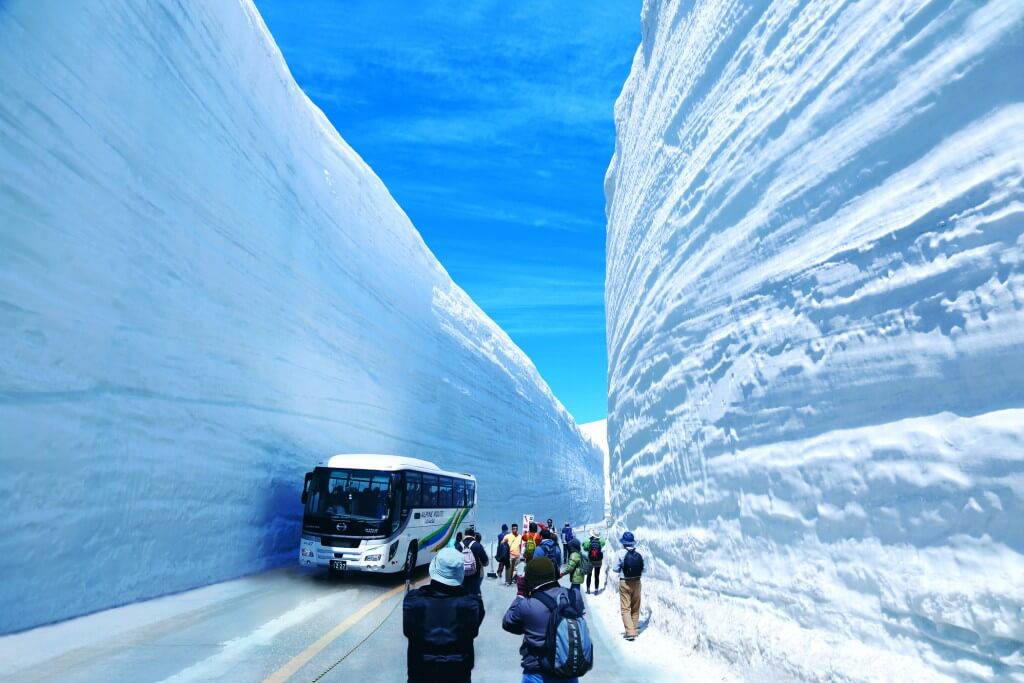
Visitors to Hakuba can easily combine their visit to many of Central Japan’s best destinations. To make things easy to understand, let’s consider some of the great destinations each direction of Hakuba, starting by those to the north. The Tateyama-Kurobe Alpine Route is one of Japan’s truly spectacular natural landscapes. From Hakuba, visitors can access the Alpine Route via Ogizawa Station and ascend to Murodo Station. Upon opening in mid-April, visitors can ascend to the ‘Roof of Japan’ and witness the fabled ‘Snow Walls’ of Tateyama – a corridor through immense walls of ice and snow, up to 20 metres in height that their peak!
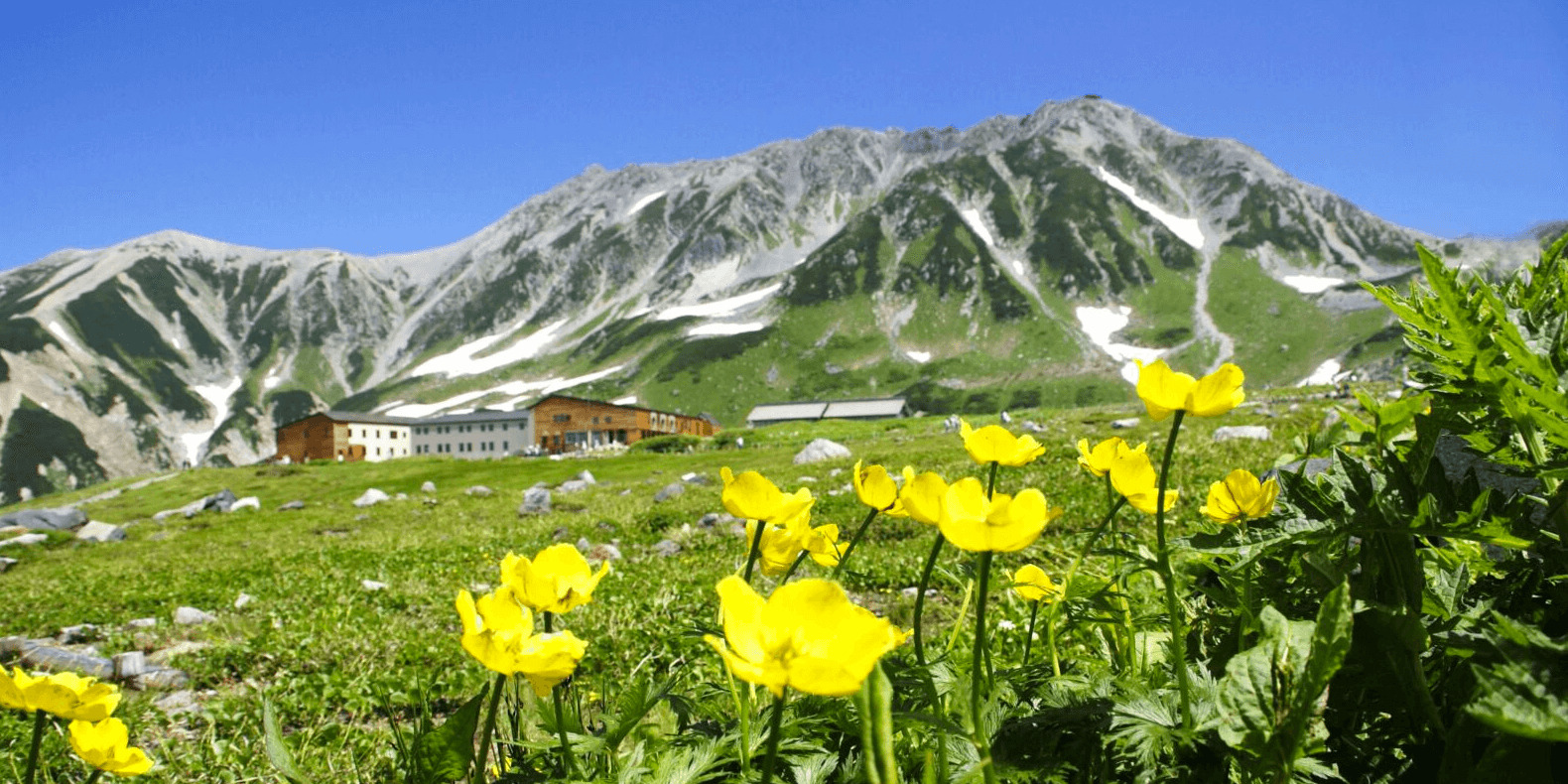
Open from mid-April to late-November, Mount Tateyama is one of Japan’s three sacred mountains and known for its fantastic hiking and spectacular autumn colours. From Murodo, visitors can return down to Ogizawa and the Nagano-side of the mountain range, or continue down to the Toyama-side. Once in Toyama, the Kurobe Gorge is another of Central Japan’s most spectacular landscapes, best enjoyed on the open-air Kurobe Gorge Railway.
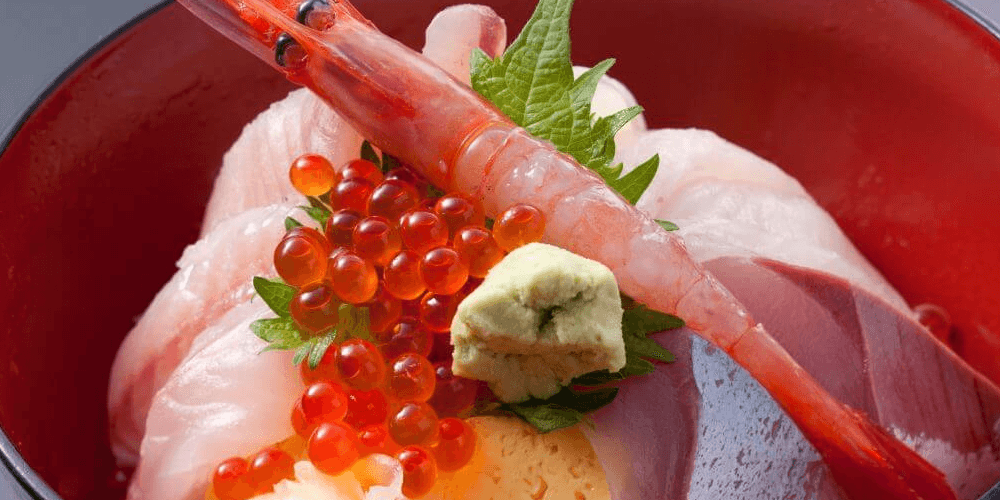
Heading onto Toyama City, visitors can enjoy a pleasant and modern city, known for its seafood – some of the best in Japan! – caught in the nearby fisheries of Toyama Bay. A convenient stop on the Hokuriku Shinkansen line, Toyama is only twenty minutes from Kanazawa – another very popular city known for its historic districts, buildings and gardens, great shopping, modern museums and galleries, and indulgent dining scene.

As the terminus of the Hokuriku Shinkansen, Kanazawa is just as easy to reach – a city that is now well-established as one of Japan’s most rewarding destinations. Blending the historic with the contemporary, shopping, dining and easy access to nearby regional destinations, Kanazawa offers plenty of reasons to visit.
23 / HEAD SOUTH: AZUMINO, MATSUMOTO & THE KISO VALLEY
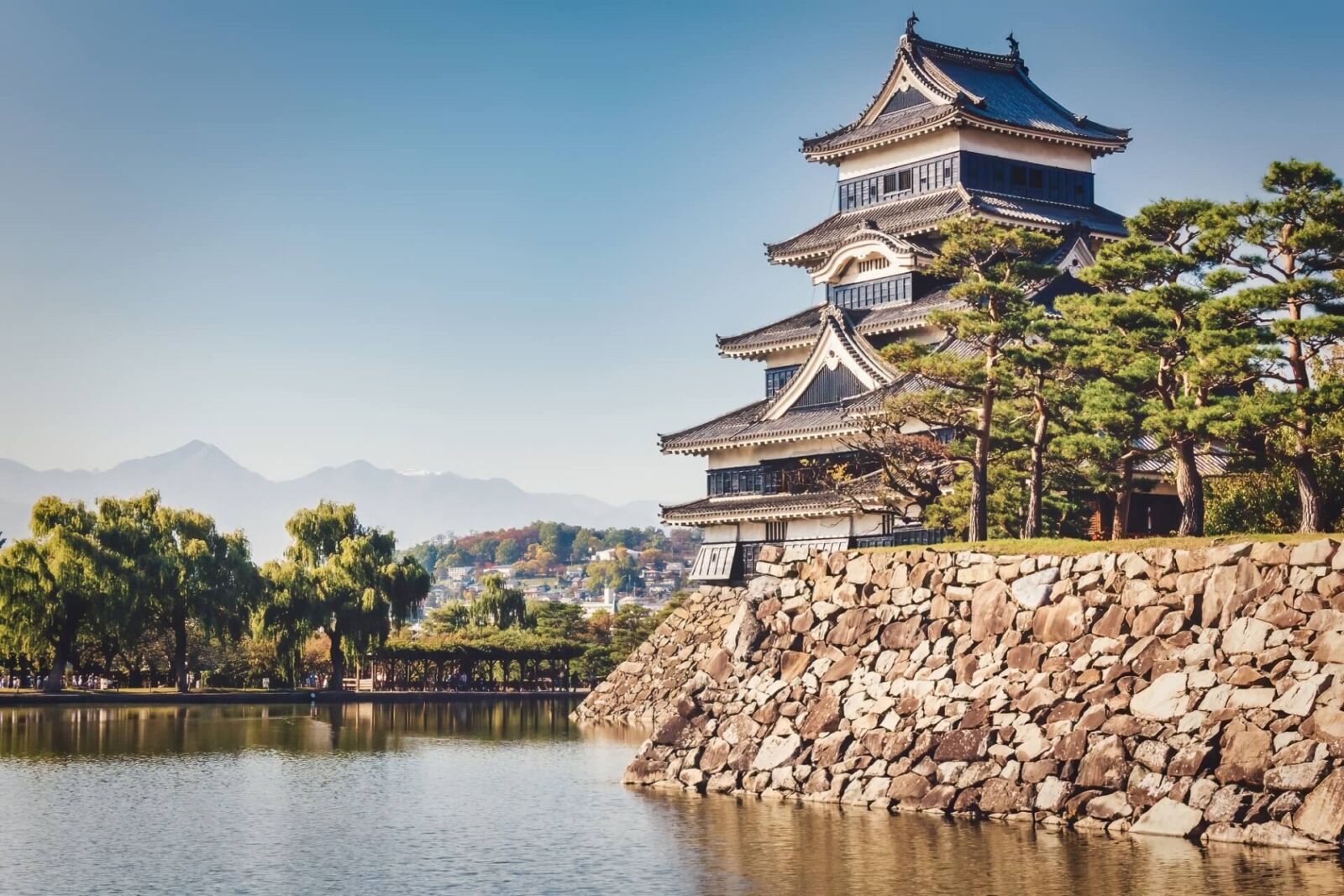
Taking the Oito Line from Hakuba Station, visitors can head to the rural enclave of Azumino. Located between Hakuba and Matsumoto, Azumino is a tranquil rural enclave in the shadow of the North Alps. Home to scenic farmlands producing some of Nagano’s best fruit and vegetables, exploring Azumino through summer and autumn is a great way to enjoy the harvest including fruit-picking at one of the many local farms.
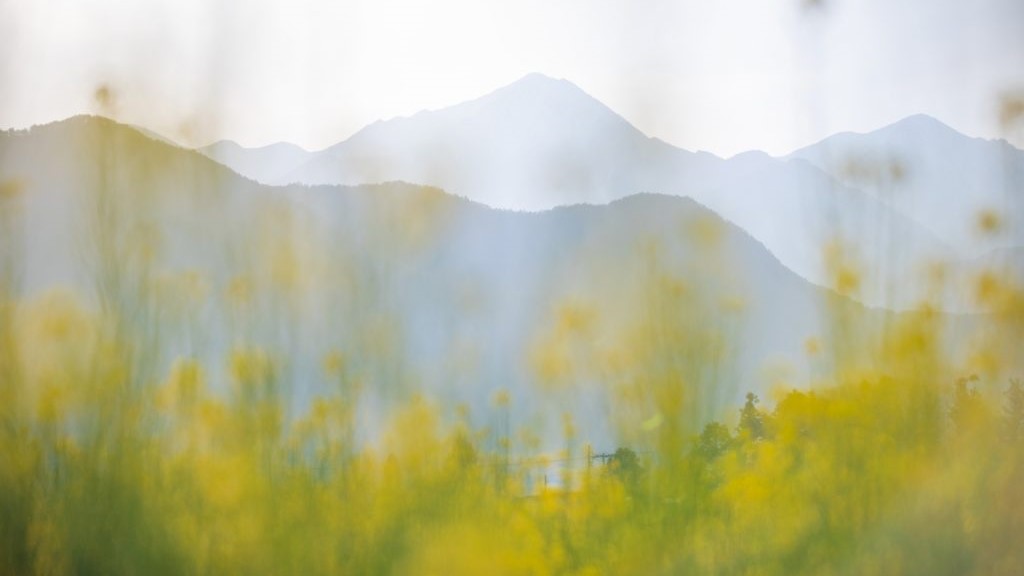
In recent years, a number of galleries and museums have opened in the area with restaurants and cafes complementing them perfectly. Cycling around the area from Hotaka Station is a great way to take in the atmosphere of the Azumino – just one of the many outdoor activities in the area. A little further on, Matsumoto is a historic city best known for its castle. Standing guard over Matsumoto City for more than 400 years, Matsumoto Castle is a registered National Treasure and for Japanese, an instantly recognizable structure. While there, enjoy the historic character of the city along with its many good cafes, restaurants, museums and shopping.
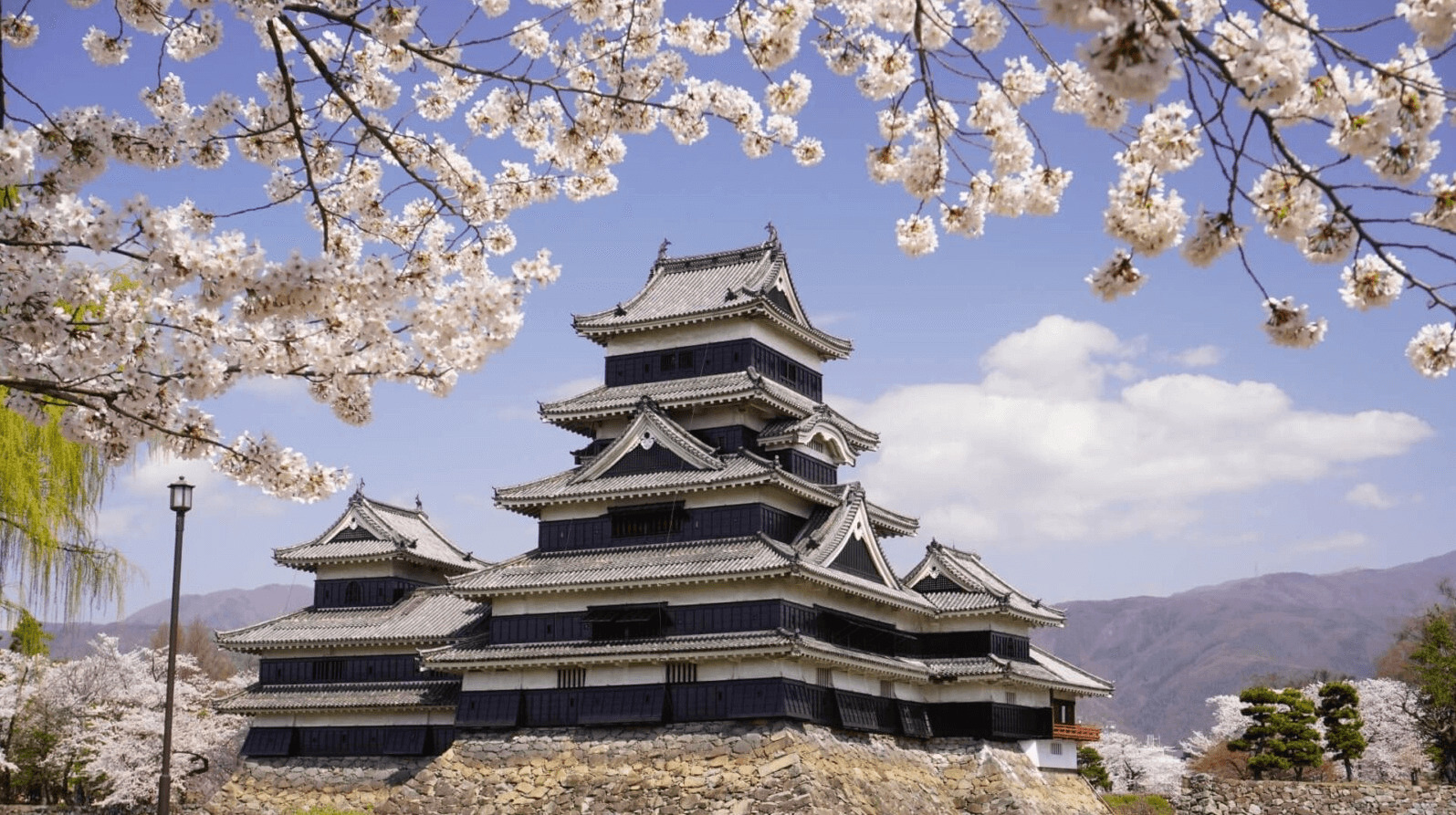
Heading on, the beautiful Kiso Ontake Mountain Range and Kiso Valley, are some of Central Japan’s less visited but beautiful regions. Known for its beautiful forest, azure rivers and waterfalls, traditional towns and industries, the Kiso Valley is slowly coming to the attention of international visitors. Most famously, the ‘Nakasendo Trail’ runs through Kiso Valley – a beautiful and historically important route that connected Tokyo (then called ‘Edo’) and Kyoto during the Edo Period.
24 / HEAD WEST: KAMIKOCHI, TAKAYAMA & SHIRAKAWA-GO
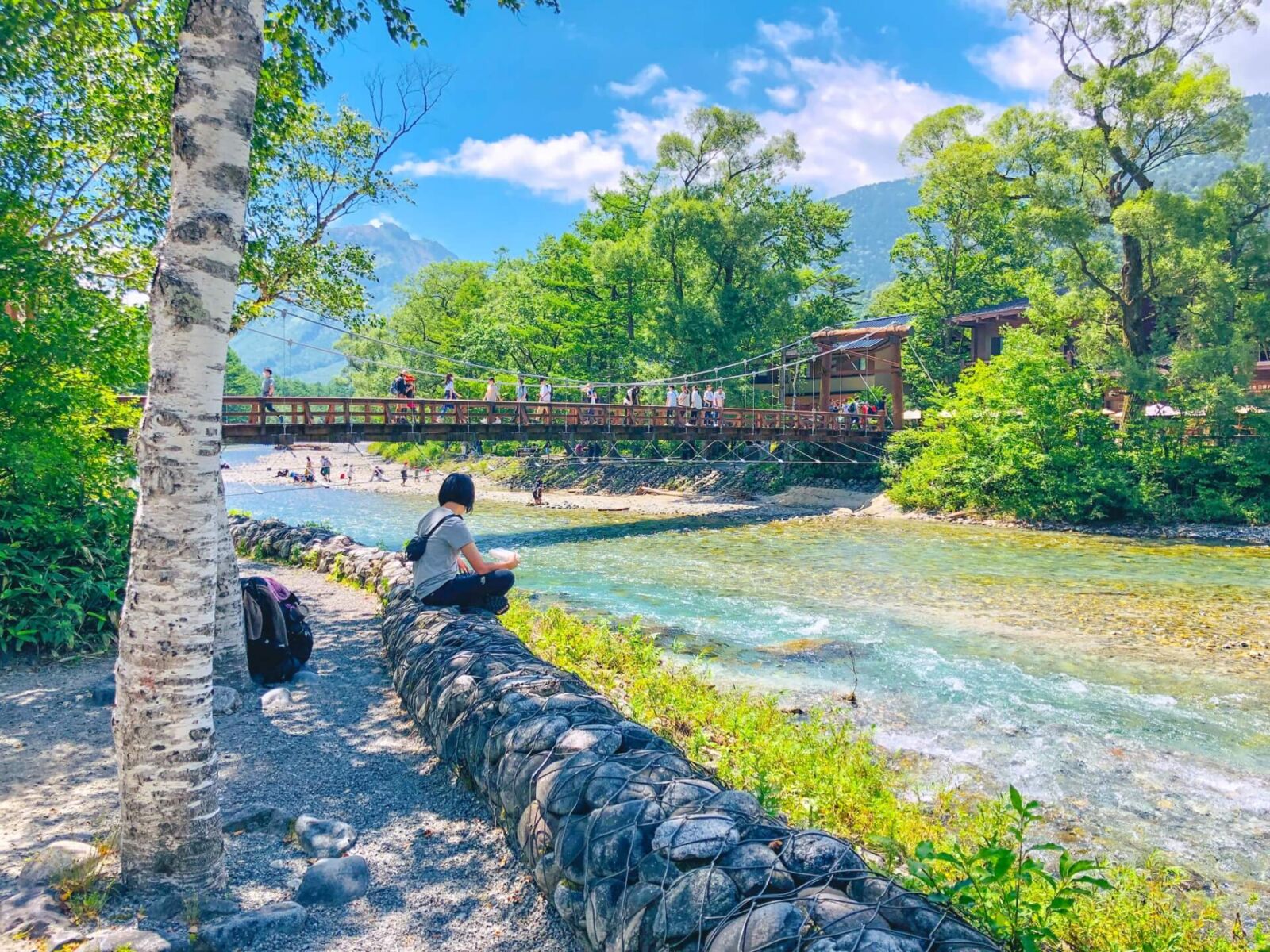
Situated in the Chubu Sangaku National Park, Kamikochi is a pristine and beautiful alpine valley open to the public from mid-April until mid-November each year. The valley follows the Azusa River while some of Japan’s tallest mountain peaks rise to over 3000 meters above. From the Kamikochi Bus Terminal, walking trails span-out along the valley – suitable to anyone of reasonable fitness – before more advanced hiking and mountaineering trails lead into the mountains.
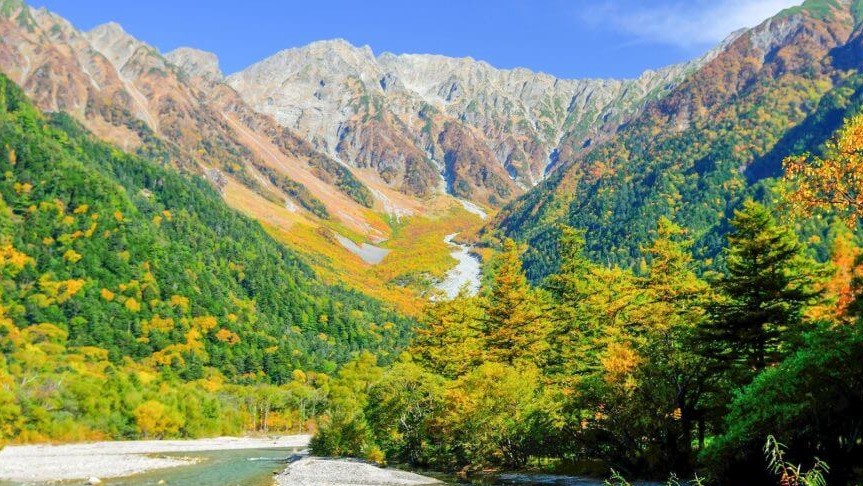
Considered the jewel of the Chubu Sangaku National Park, visiting Kamikochi is one of Nagano’s most memorable experiences – a truly special place of natural and spiritual importance. Continuing west, the historic old town of Takayama is another popular destination. Famous for the excellent preservation of its Edo Period (1603-1868) historic centre, Takayama draws large crowds. Try to avoid the middle of the day – between 11:00 and 15:00 – when large tour buses arrive and crowd the small historic area with tourists.
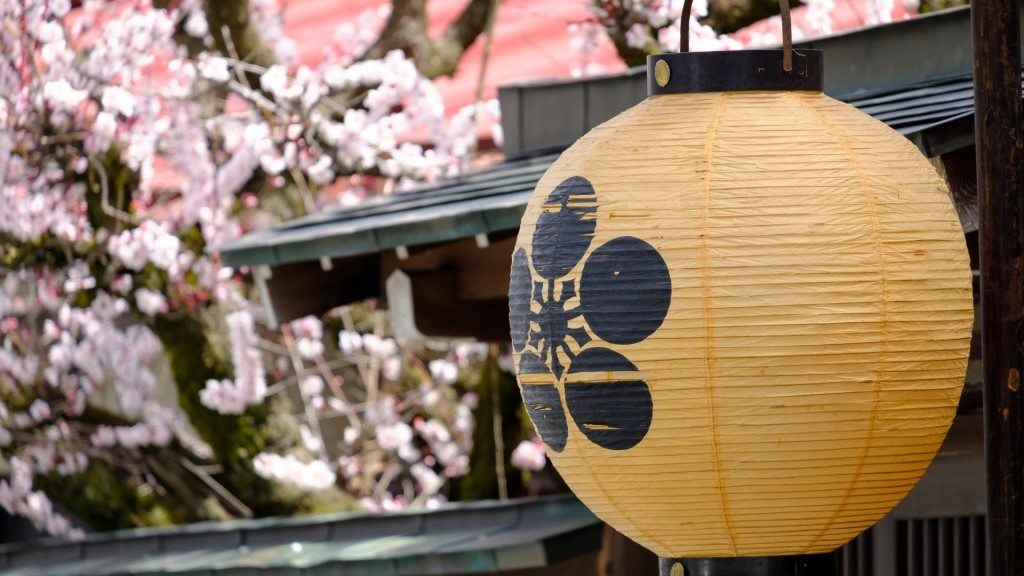
Equally famous for its food scene including Hida beef and Takayama ramen, Takayama attracts visitors as much for its food as it does for its historic streetscapes. Easily accessible by bus from Toyama Station, the villages of Shirakawa-go and Gokayama were inscribed on the World Heritage list in 1995. Actually consisting of three villages, they are known for this distinctive ‘gassho-style’ thatch-roofed houses set in a beautiful alpine setting of rice fields and high mountains above.
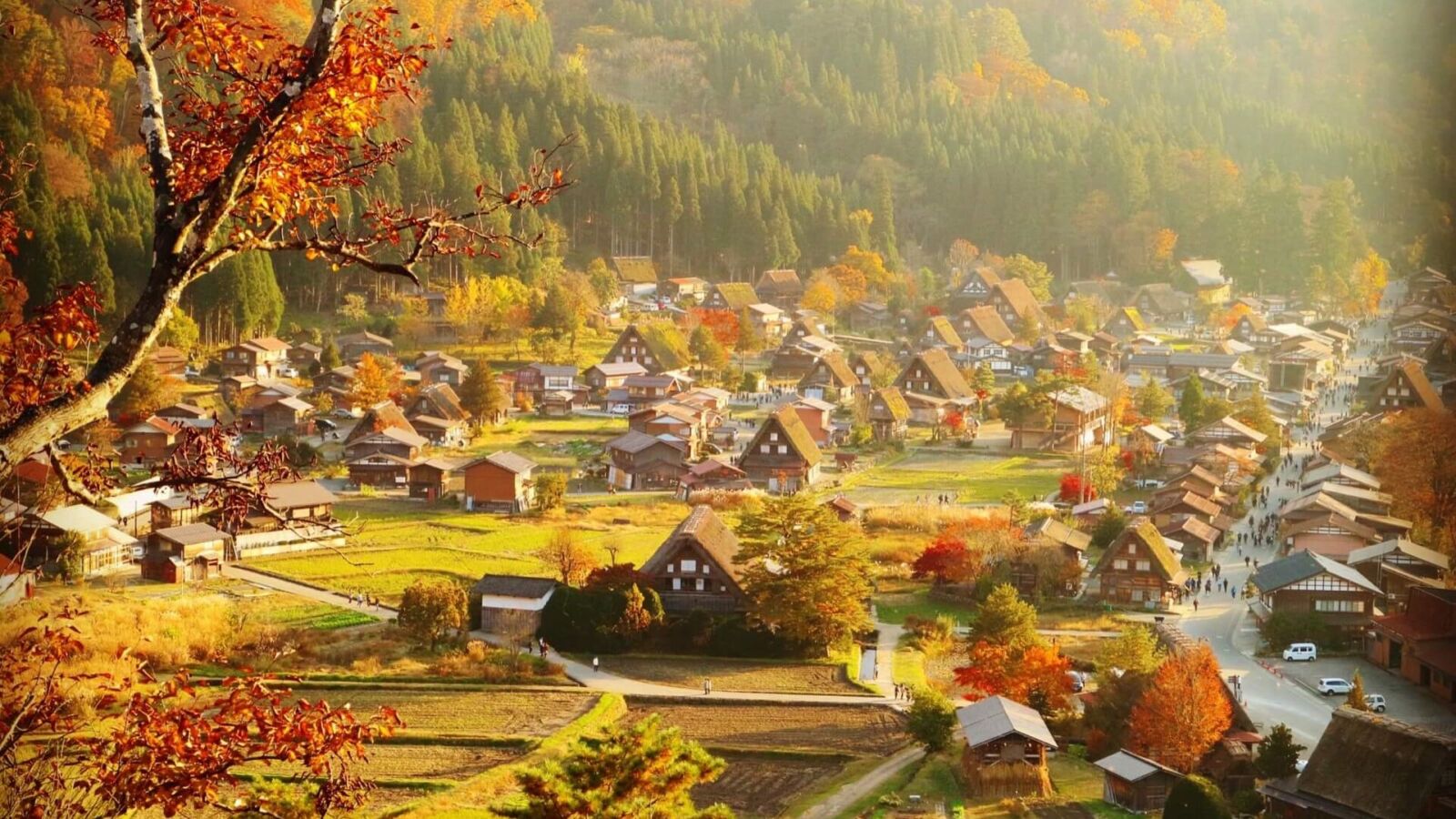
World Heritage-listing has ensured that the villages are hugely popular with both domestic and international tourists but don’t let that put you off. The villages are well-worth visiting and walking away for the central area of the main village of Ogimachi, will quickly have you unencumbered by other visitors. If you really want to avoid the crowds, consider heading to the other villages of Suganuma and Ainokura. Much smaller than Ogimachi they are also far less visited and offer a peaceful experience of these important rural hamlets.
25 / HEAD EAST: NAGANO CITY, TOGAKUSHI & YAMANOUCHI
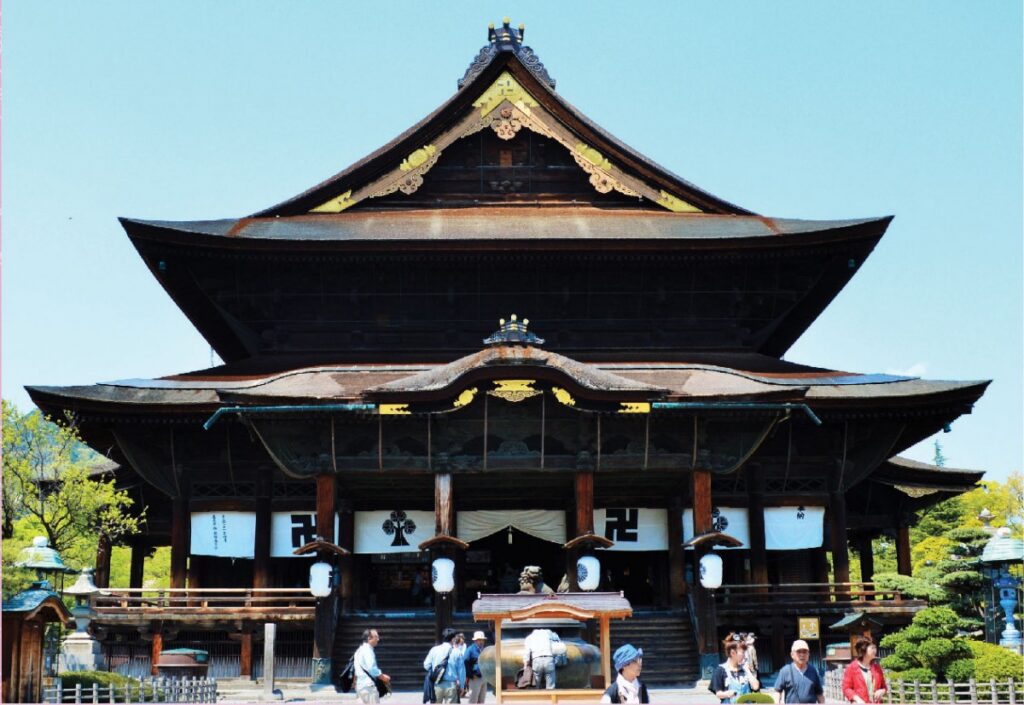
Finally, to the east of Hakuba, Nagano City is readily accessible using bus services running to and from Nagano Station. Finally, visitors to Hakuba are within close reach of Nagano City. Home to the near-1400 year old Zenko-ji Temple, Nagano is served by the Hokuriku Shinkansen via Nagano Station, connecting the region to Tokyo in the south and Toyama and Kanazawa in the northwest.
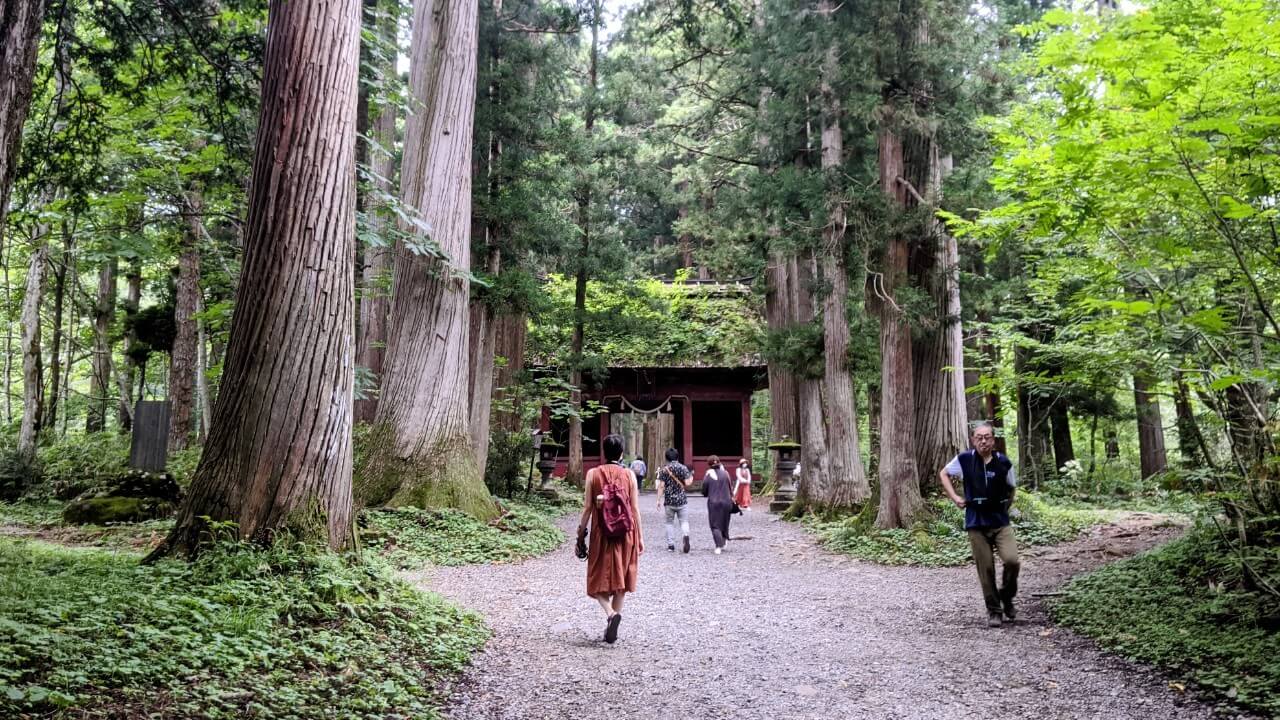
Nagano is a great place to base yourself, and from there, explore the region on daytrips. Within the city itself, Zenko-ji Temple stands alone as the main attraction and spiritual heart of the region. From Nagano City, visitors can head to nearby Togakushi – home to some of Japan’s most important Shinto shrines and birthplace of the Togakure school of ninjitsu while also known for its delicious ‘soba’ (buckwheat) noodles. For devotees to samurai culture, Matsushiro is only 30 minutes from the city centre. The former stronghold of the Sanada clan, Matsushiro is Nagano City’s renowned samurai town with a hidden secret beneath its feet…
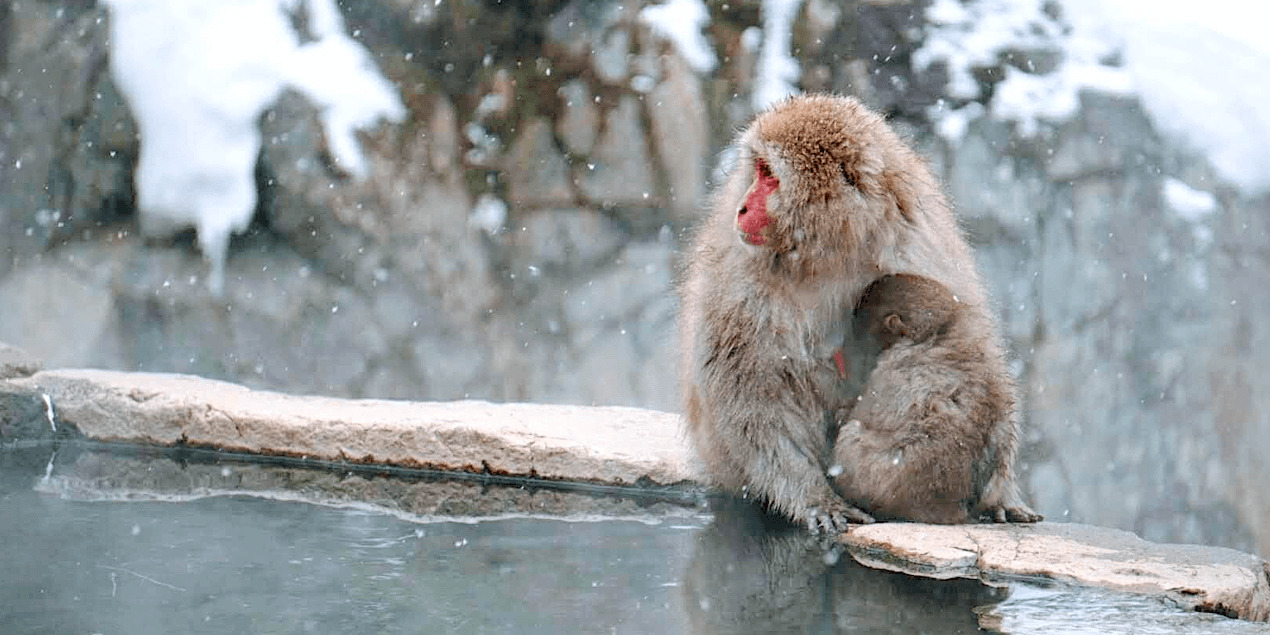
Finally, no visit to Nagano is of course complete with a visit to its famous hot spring-loving monkeys! The Jigokdauni Monkey Park lies around 50 to 60-minutes from the centre of Nagano City – home to the only troop of monkeys in the world known to enjoy soaking in natural thermal waters. Most famous for this behaviour in winter, the monkeys come to the park all year round, attracting visitors from all over the world. Located in the Yamanouchi area of Nagano, the area around the park is known for its many onsen guesthouse, farmlands and access to Joshinetsu Kogen National Park including Shiga Kogen – Japan’s largest ski resort. While it might be the monkeys that draws you to Yamanouchi, we recommend going slow and enjoying the comfort and relaxation of a traditional ‘ryokan’ (guesthouse) , an indulgent hot spring and food sourced directly from the local farms.
BEST PLACES TO STAY IN HAKUBA
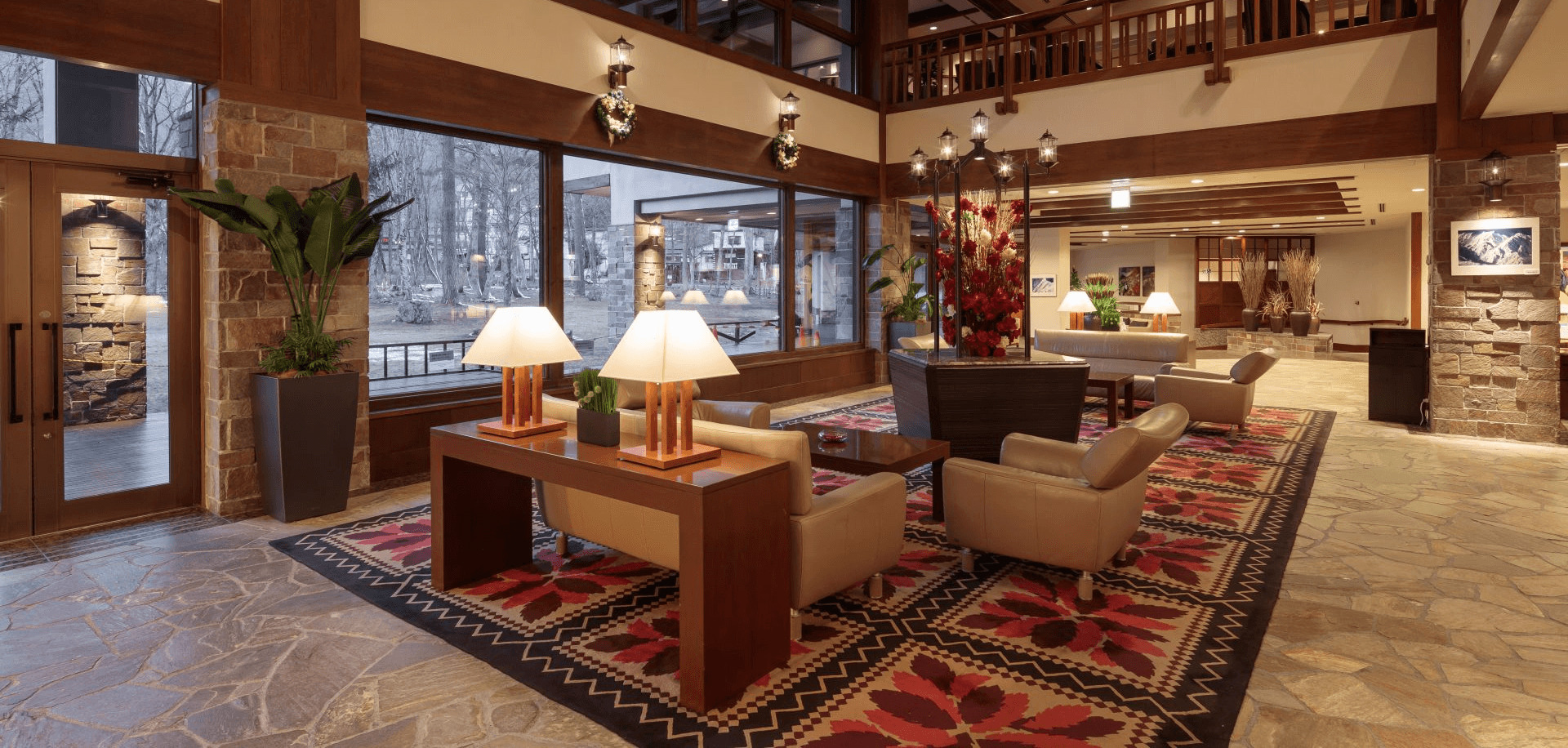
As Nagano’s best-known and most popular winter sports destination, Hakuba is now quickly developing a reputation as an all year round destination offering just as many reasons to visit in spring, summer and autumn. With its reputation built on winter, it’s no surprise that most accommodation can be found in and around the ski resorts and therefore, spread-out across the valley. Choosing where to stay depends on which resort you want to visit in winter, the activities you wish to enjoy from spring to autumn, and the range of dining and nightlife you want access to. For a breakdown of each area and what’s on offer, see our ‘Where to Stay in Hakuba?’ page.
ACCOMMODATION & SKI PACKAGES IN HAKUBA
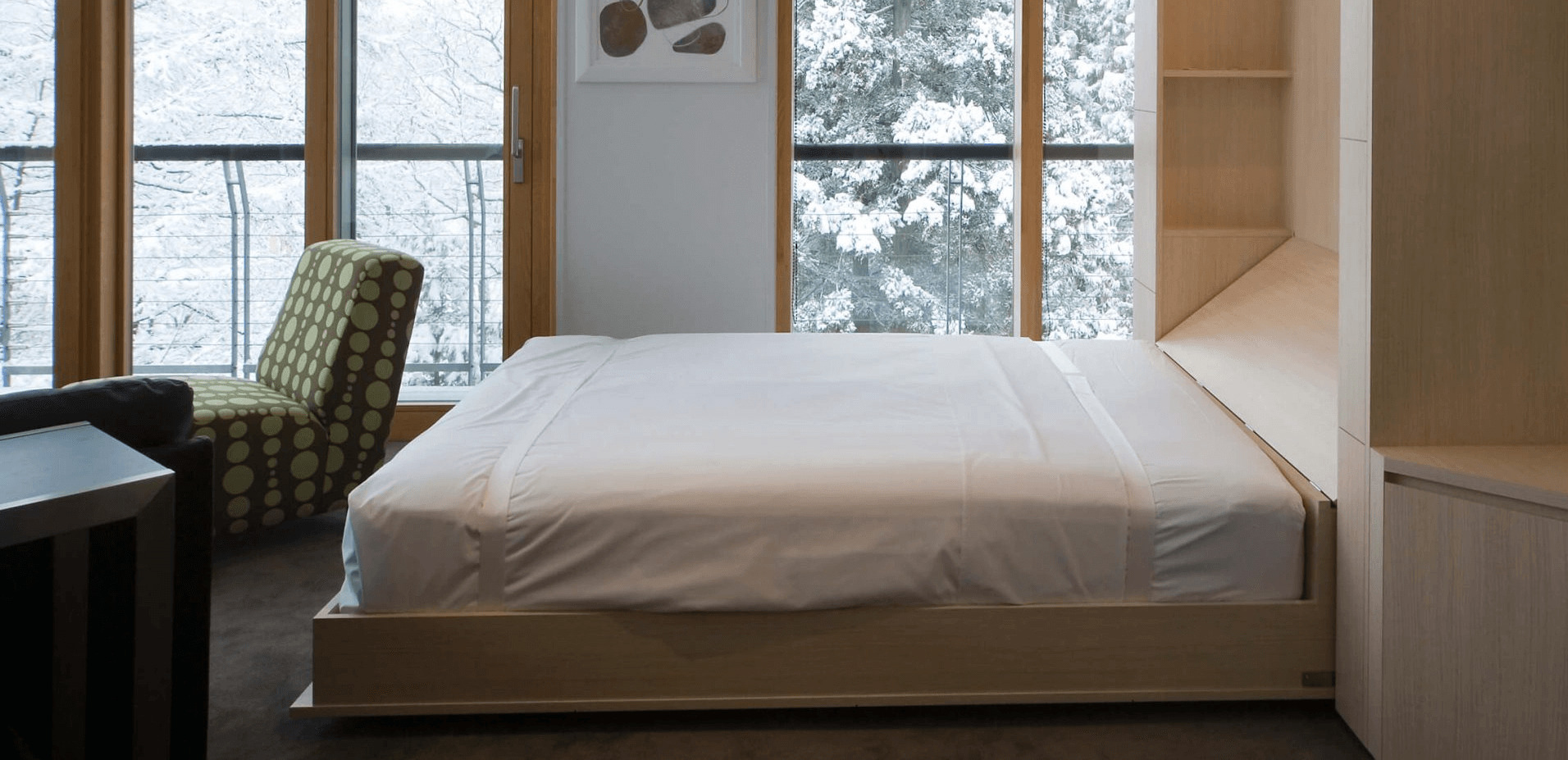

Based in Nagano and operating all year round, we are a registered travel agent, tour and charter operator offering a full-suite of winter services including ski / snowboard packages, accommodation, lift passes, private charters and a range of tours including both group and private options covering the resorts of Hakuba. The multiple resorts of Hakuba Valley are among Nagano’s most popular, offering a plenty of terrain and the region’s best backcountry skiing and snowboarding. Hakuba boasts the most services for English-speaking visitors and huge range of accommodation including plenty of mid to high-end options, shopping, restaurants and nightlife. Always popular, it pays to book early – PLAN & BOOK IN HAKUBA NOW!
HAKUBA VALLEY SKI RESORTS: THE STATS & FACTS
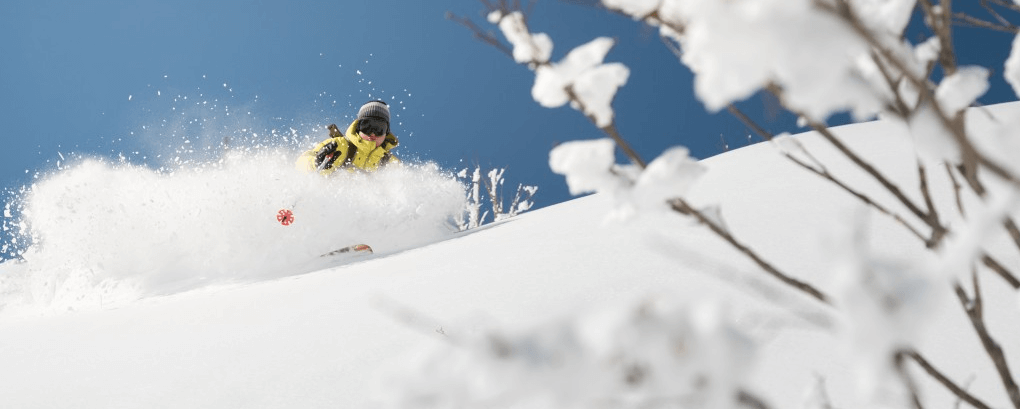

he resorts making-up Hakuba Valley are some of the most popular in Japan, offering fantastic skiing and snowboarding in combination with lots of great accommodation, restaurants and nightlife. Not sure why which is right for you? Our ‘Hakuba Valley Ski Resorts’ page has everything you need to know to plan and book your next winter getaway including all the resort stats and facts, how to get there and of course more accommodation and ski package info.
WINTER DEALS IN NAGANO 2022/23
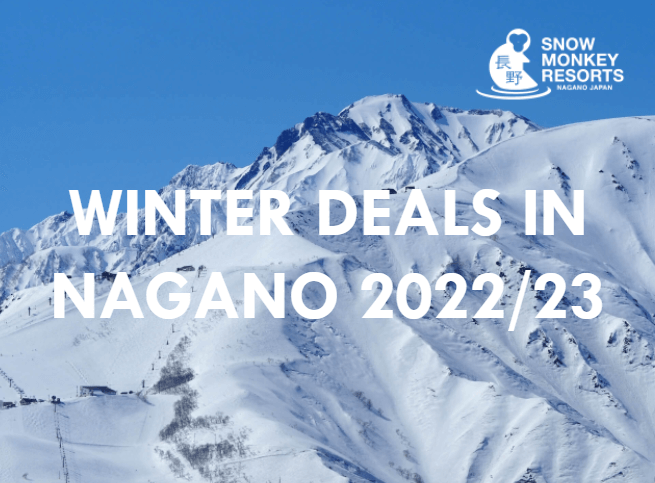
Based in Nagano and operating all-year-round, we offer lots of services each winter! Our ‘Winter Deals in Nagano 2022/23’ page includes our winter tours, private tours and charters, ski packages, accommodation and more. No matter the time of year, we always have one eye on winter and here to help you plan and book your ideal snow escape to Nagano.
HOW TO GET TO HAKUBA
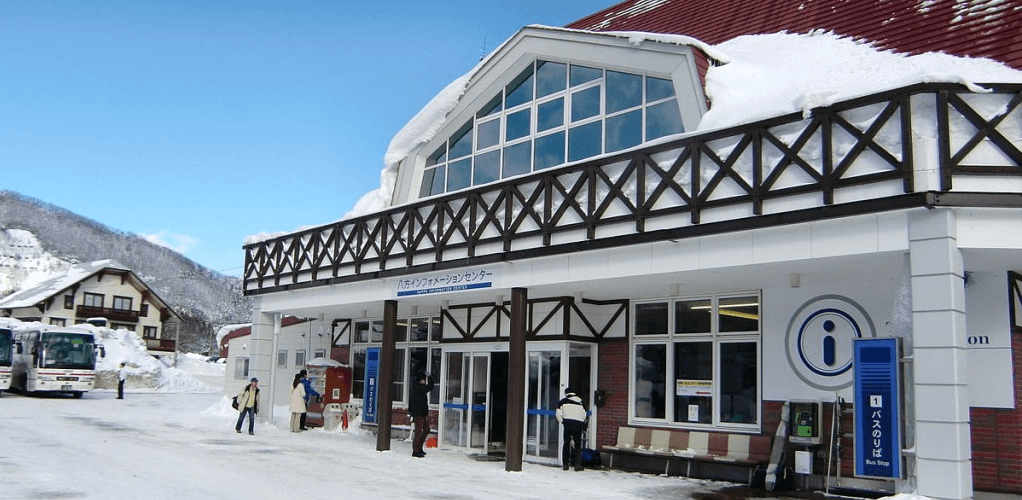
Hakuba lies around one hour to the west of Nagano City and can be easily reached using buses from Nagano Station and the Tokyo airports, by train, by car or by arranging private transport straight to your accommodation. Our ‘How to Get to Hakuba’ page explains how to reach the valley from different areas of Japan.
BOOK WITH US! NAGANO’S NO.1 TOUR & CHARTER OPERATOR
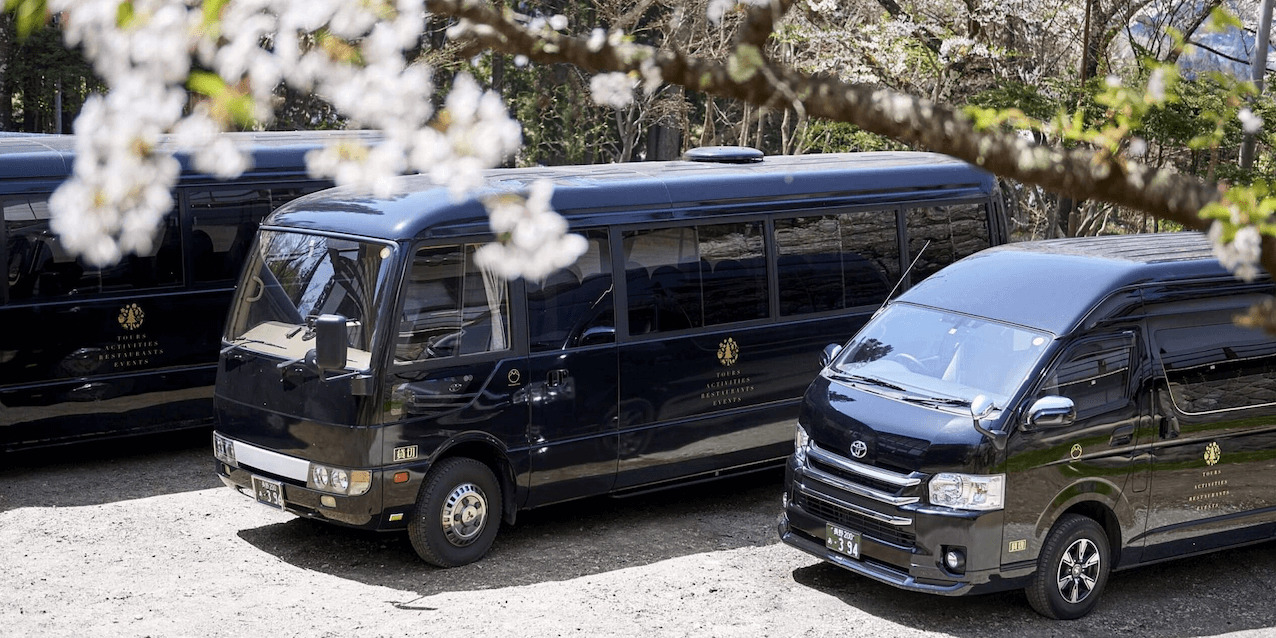

Snow Monkey Resorts is Nagano’s No.1 tour and charter operator. We have the local knowledge of where and when to go, to help you discover and enjoy Hakuba’s many ski resorts and other fantastic destinations and activities.

For guests wanting to access Hakuba in the comfort of their own transport, we can arrange a private tour or charter customised to fit your needs, starting and ending at any destination including from/to Nagano Station and any resort or destination in the region. Our drivers and vehicles are fully certified, allowing us to transport you to and from your preferred destinations in combination with any activity that suits your schedule.

All vehicles are fitted with a protective screen – separating the driver from passenger and luggage area – and our drivers wear protective masks, allowing you to move between your destinations in comfort and safety. We can arrange both private tours with an English-speaking guide or a private charter, including a private vehicle and driver but without a guide. We’d love to be part of that experience and help you discover even more!
Why choose us?
Awarded a 2022 TripAdvisor Travelers’ Choice Award for our 1-Day Snow Monkeys, Zenko-ji Temple & Sake Tour – recognised as one of the Top 10 Experiences in Japan – we have the local knowledge and experience to help you get the most out of your time in Nagano and Central Japan.
Got a question about visiting Hakuba? Contact us and let’s get planning together!




